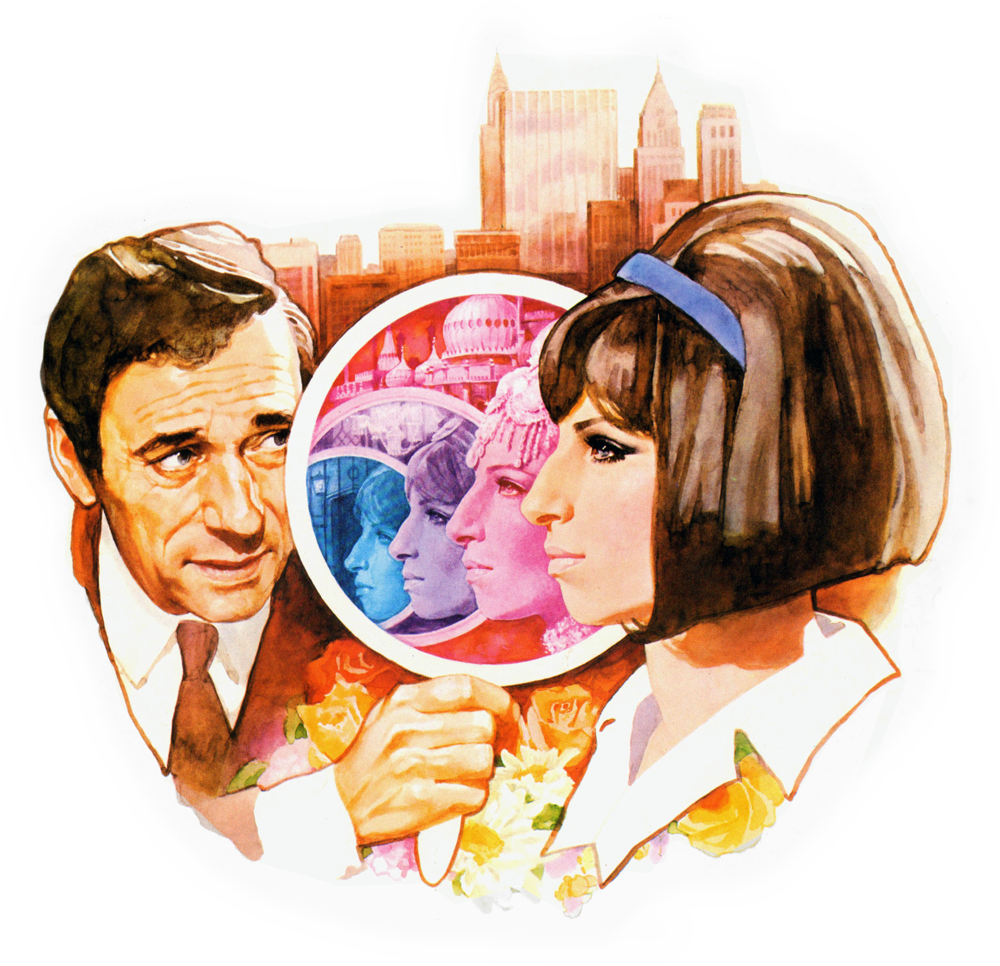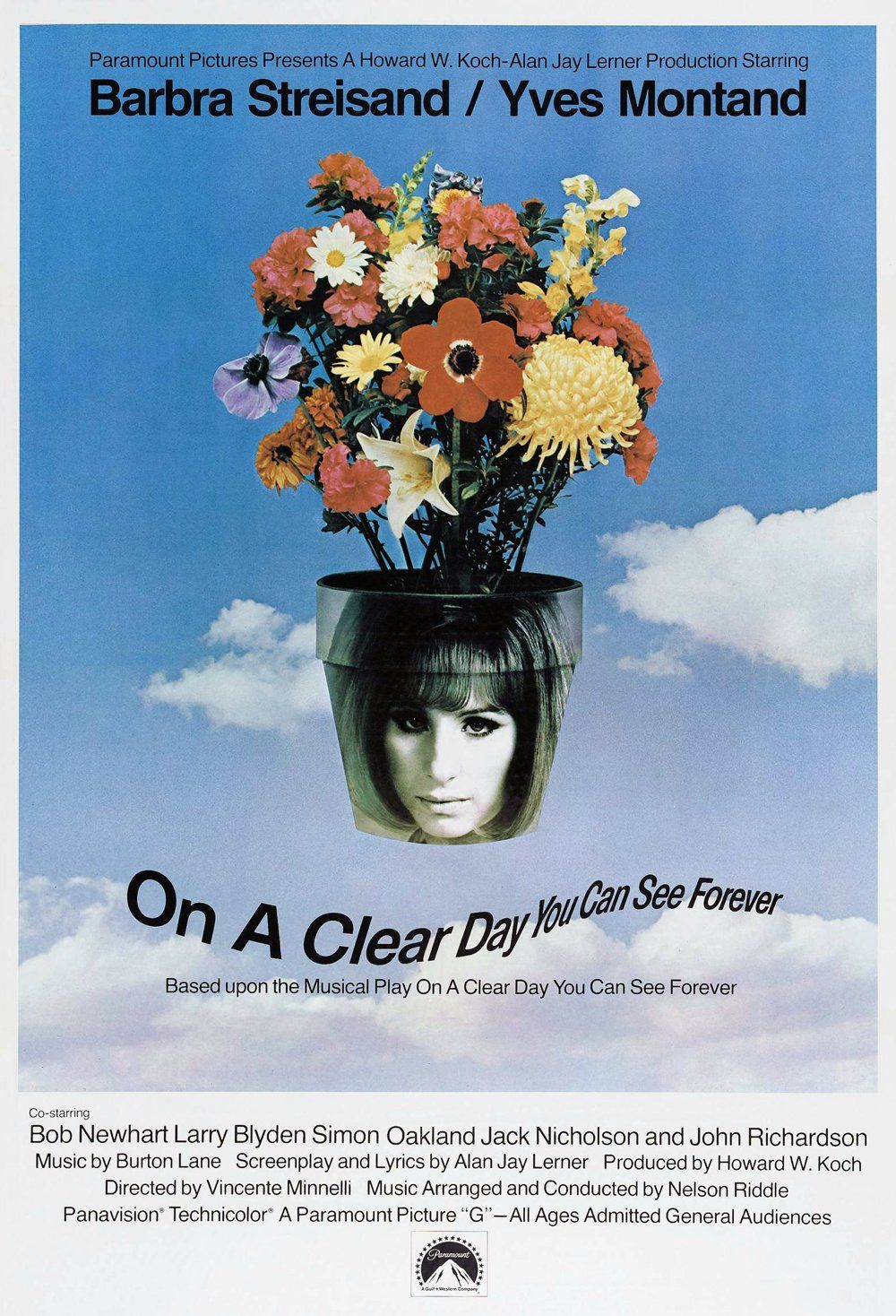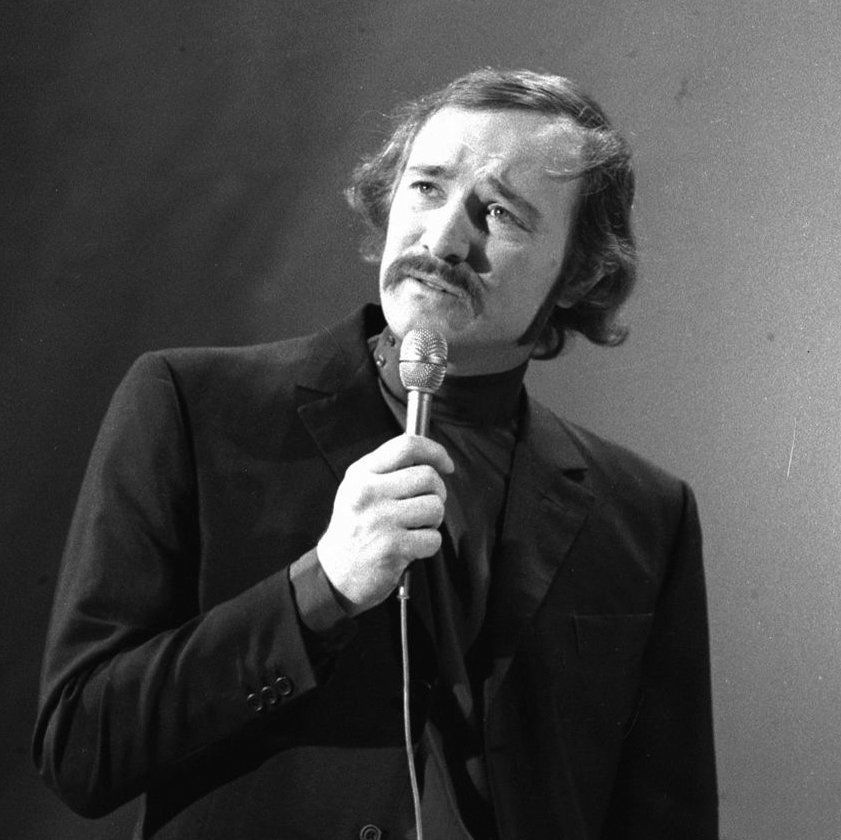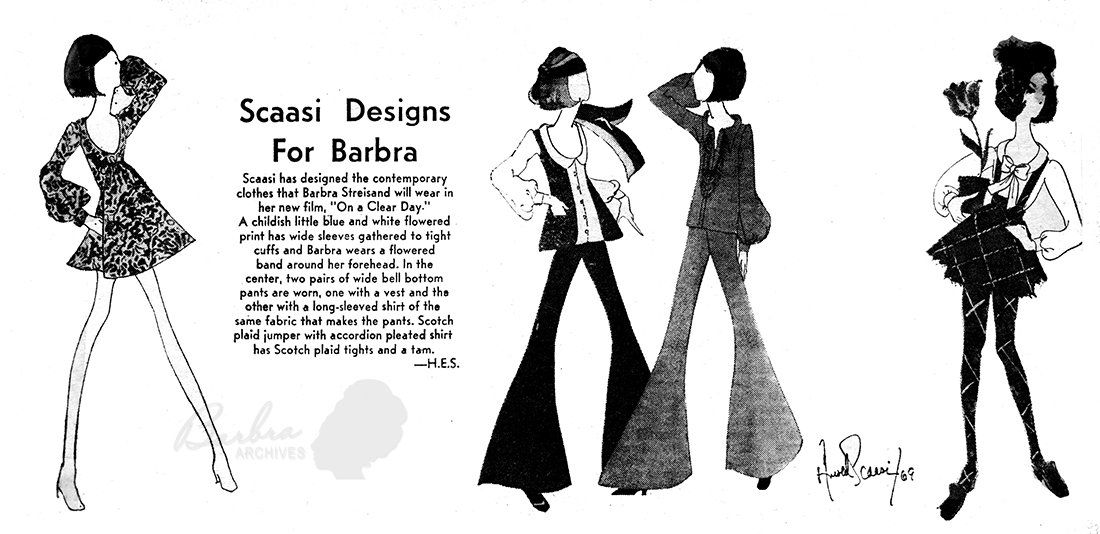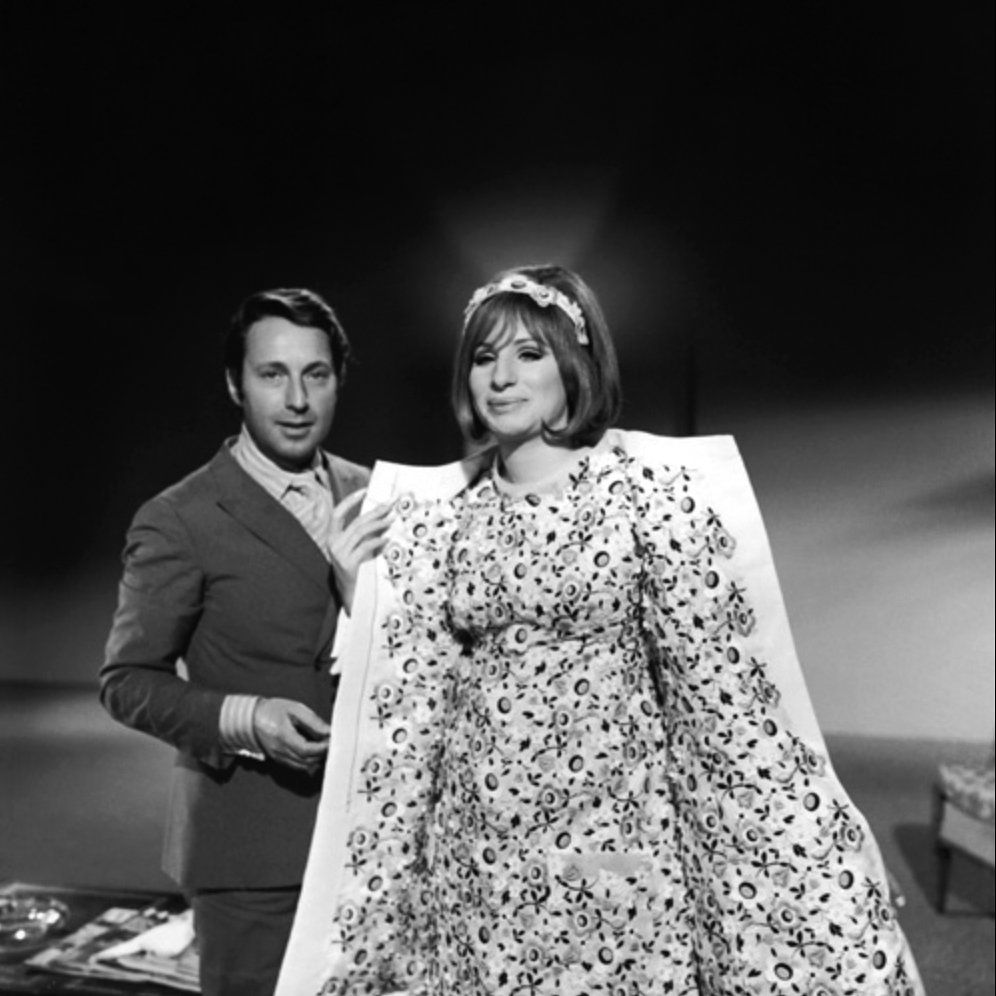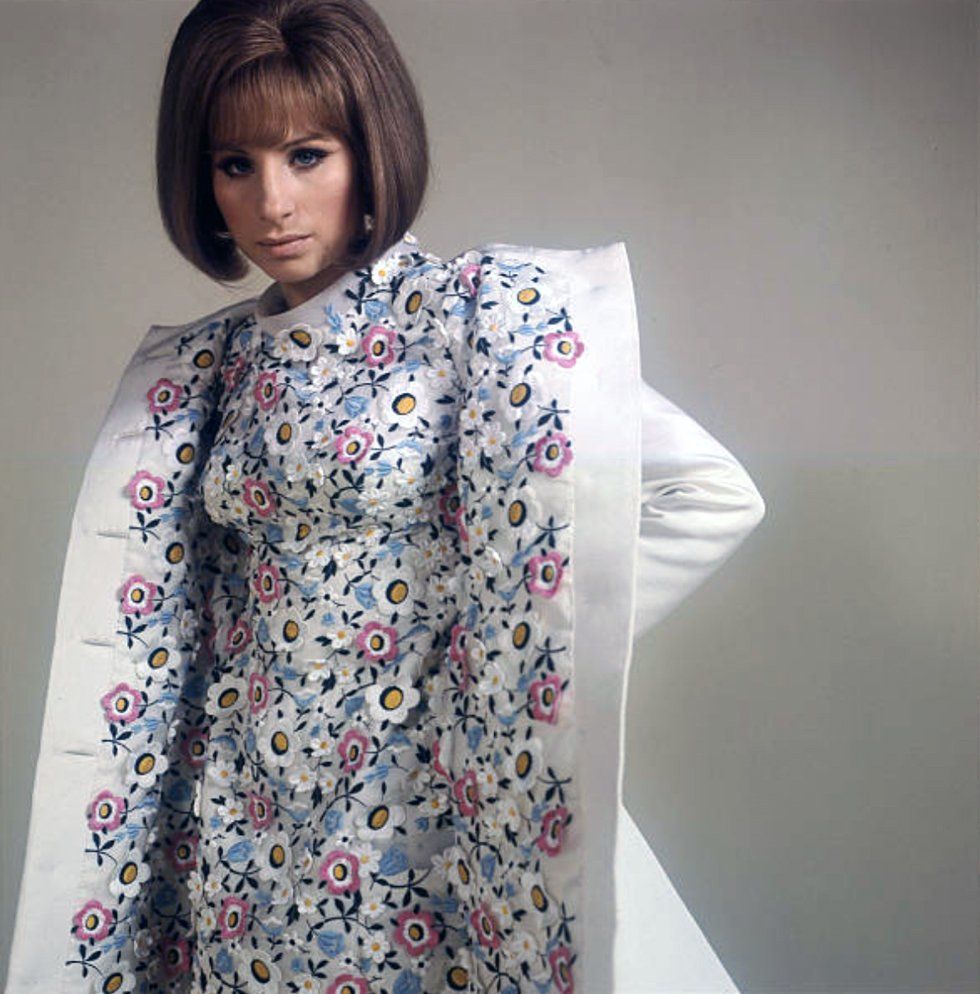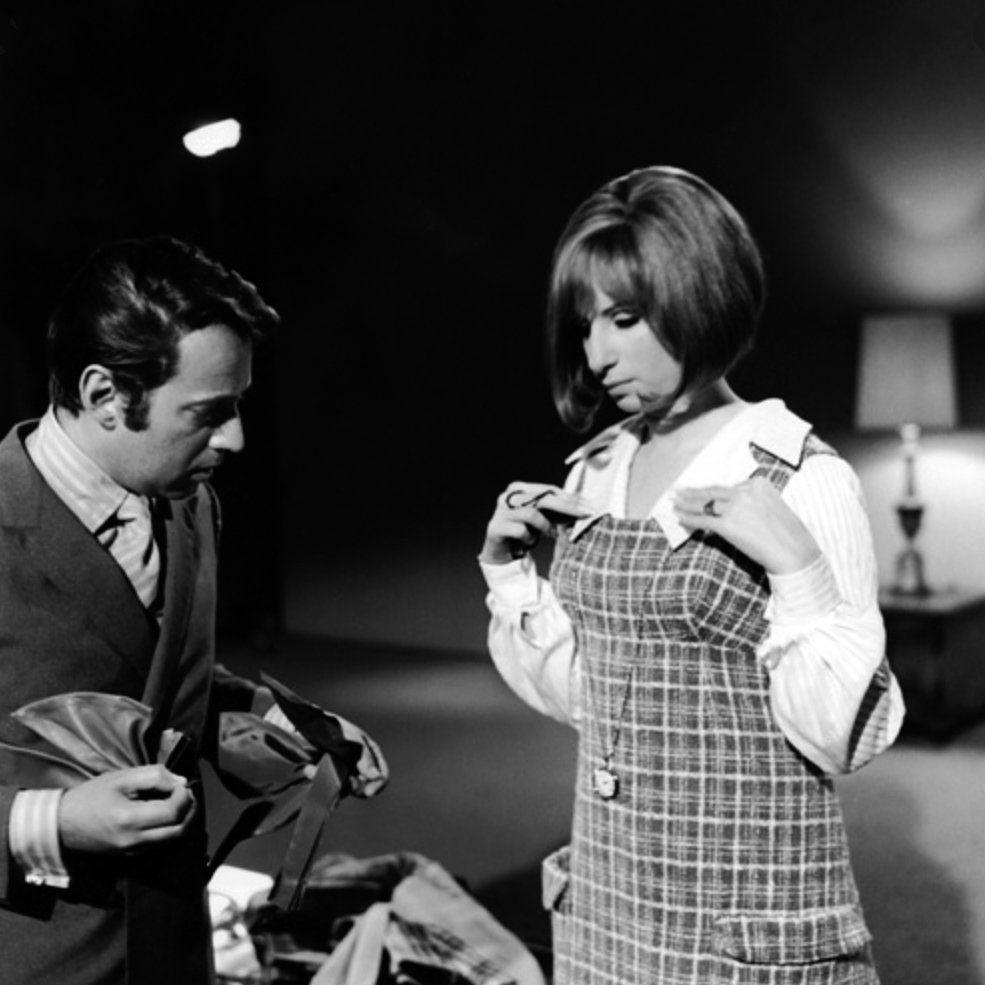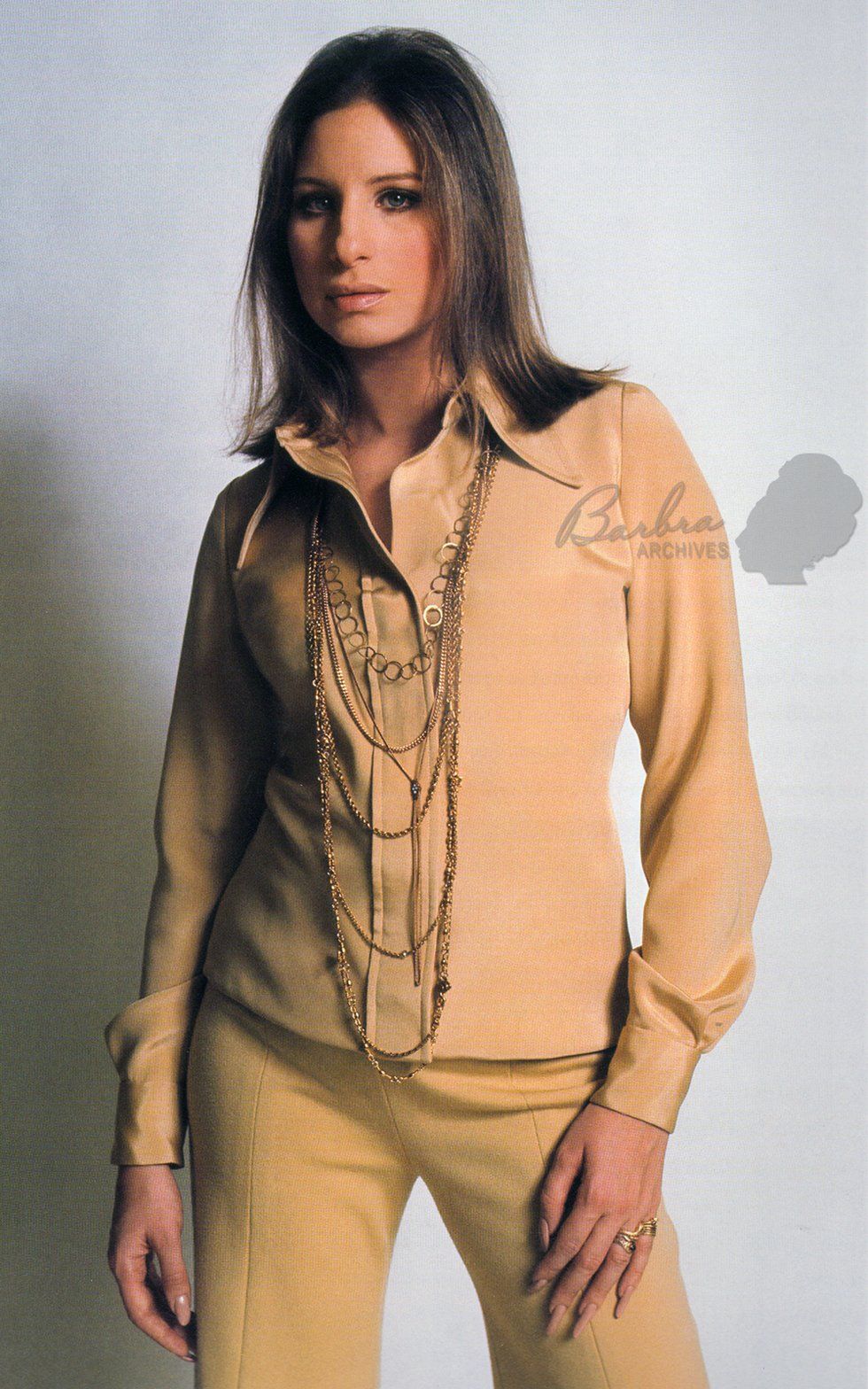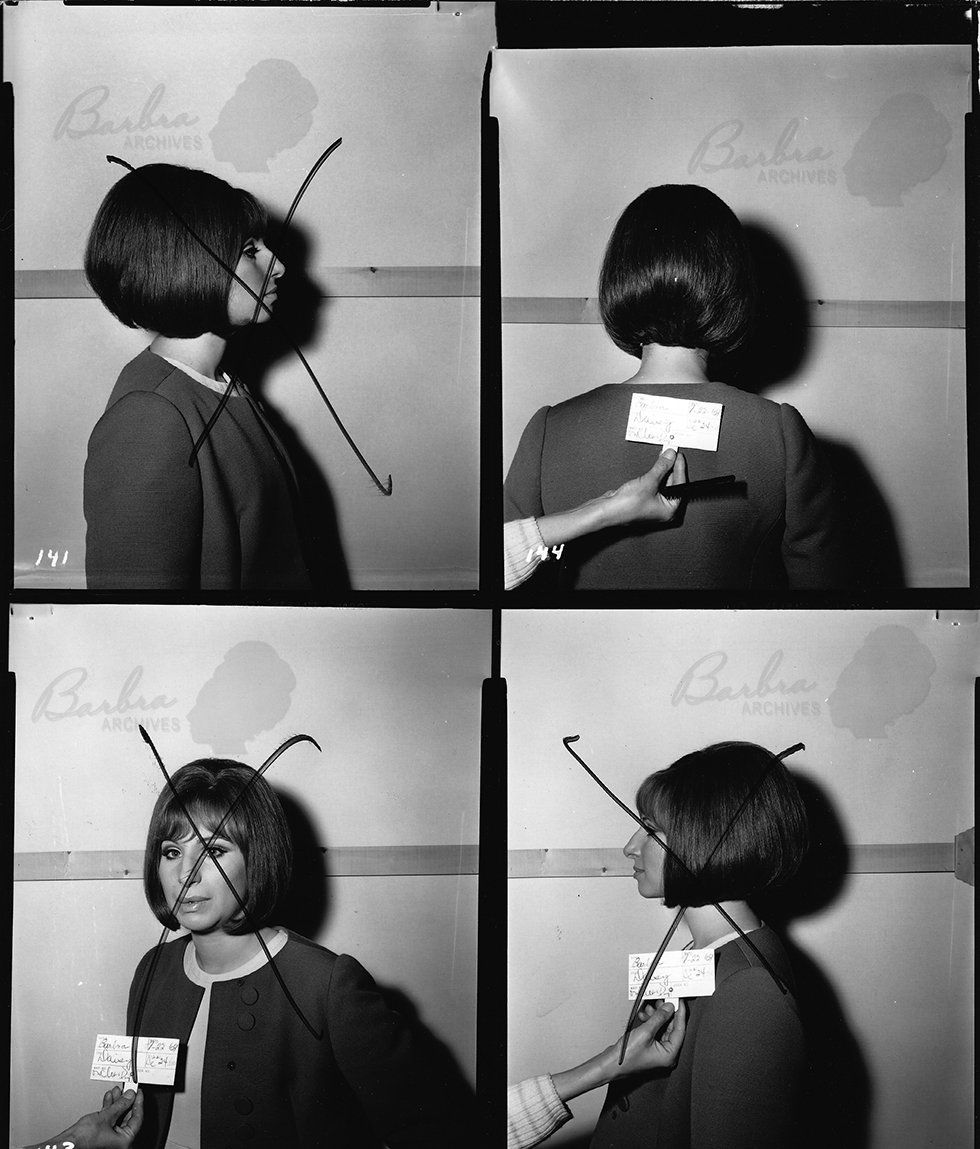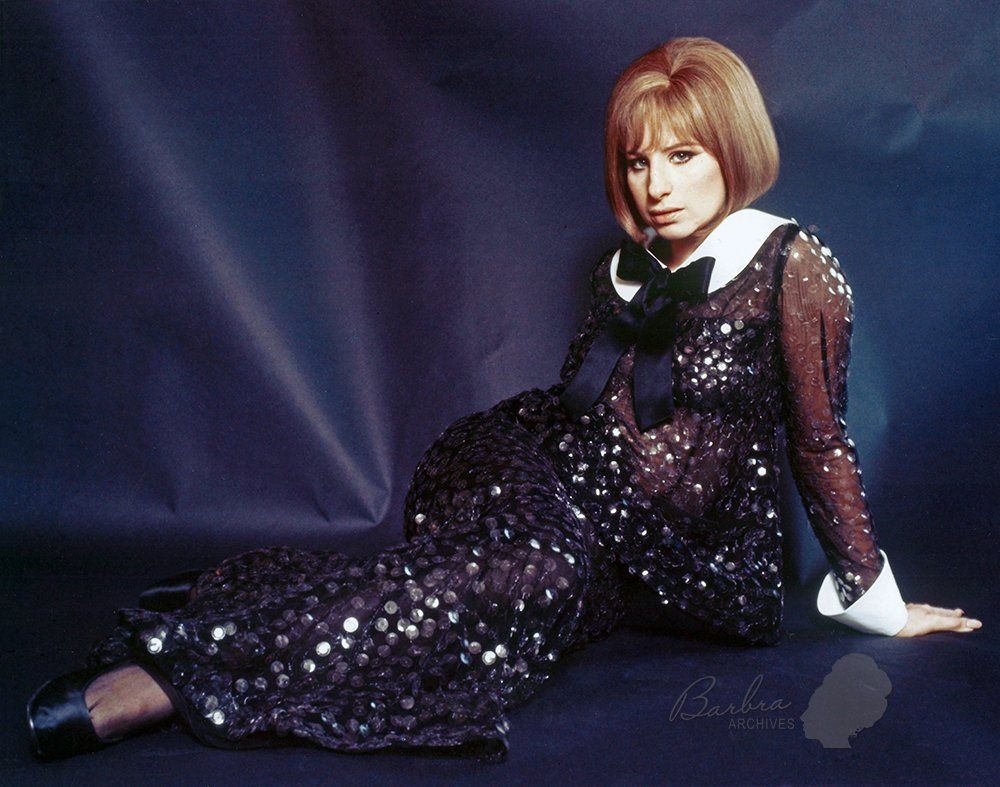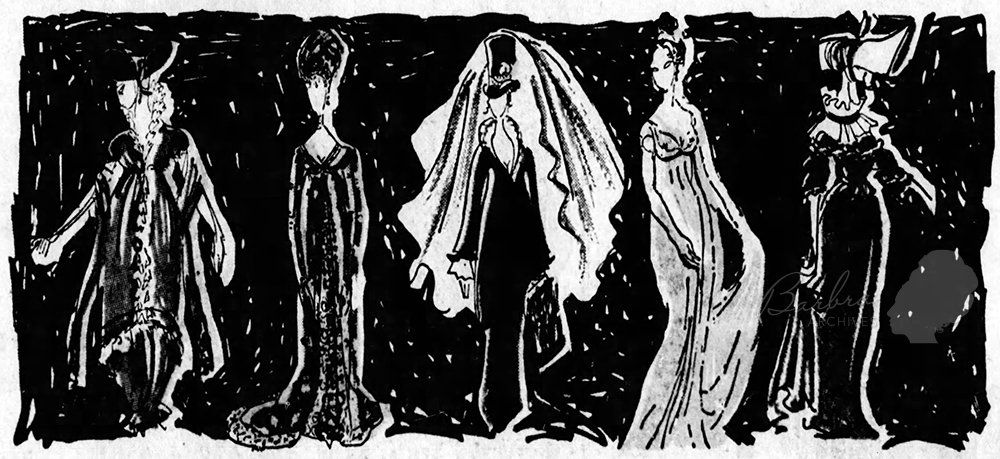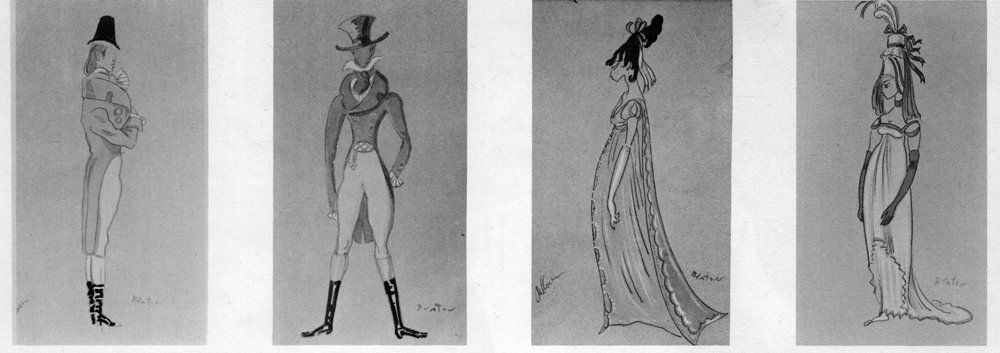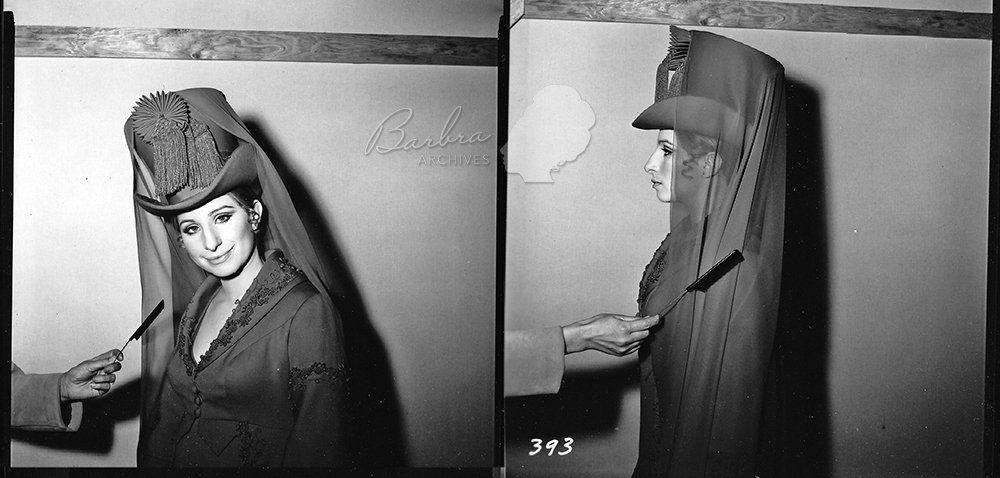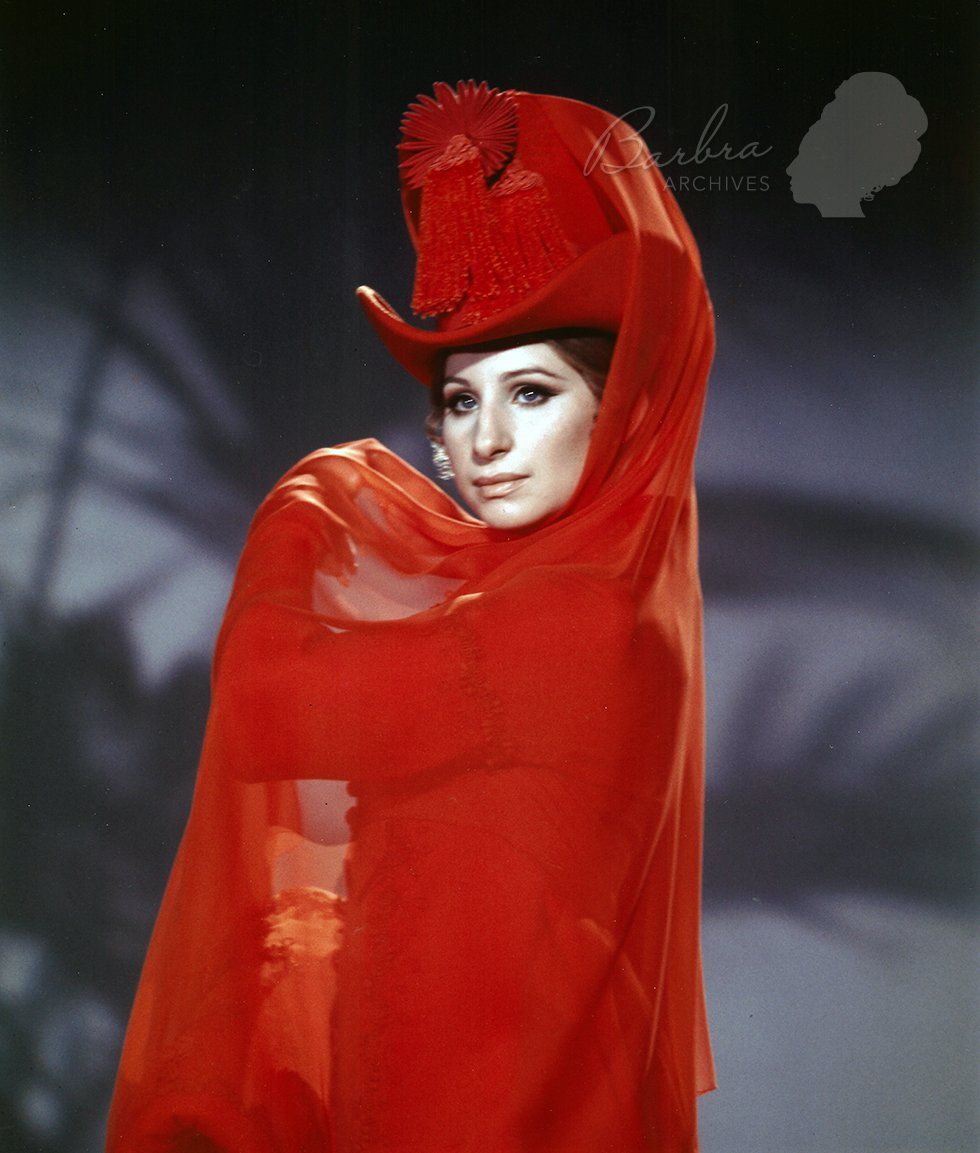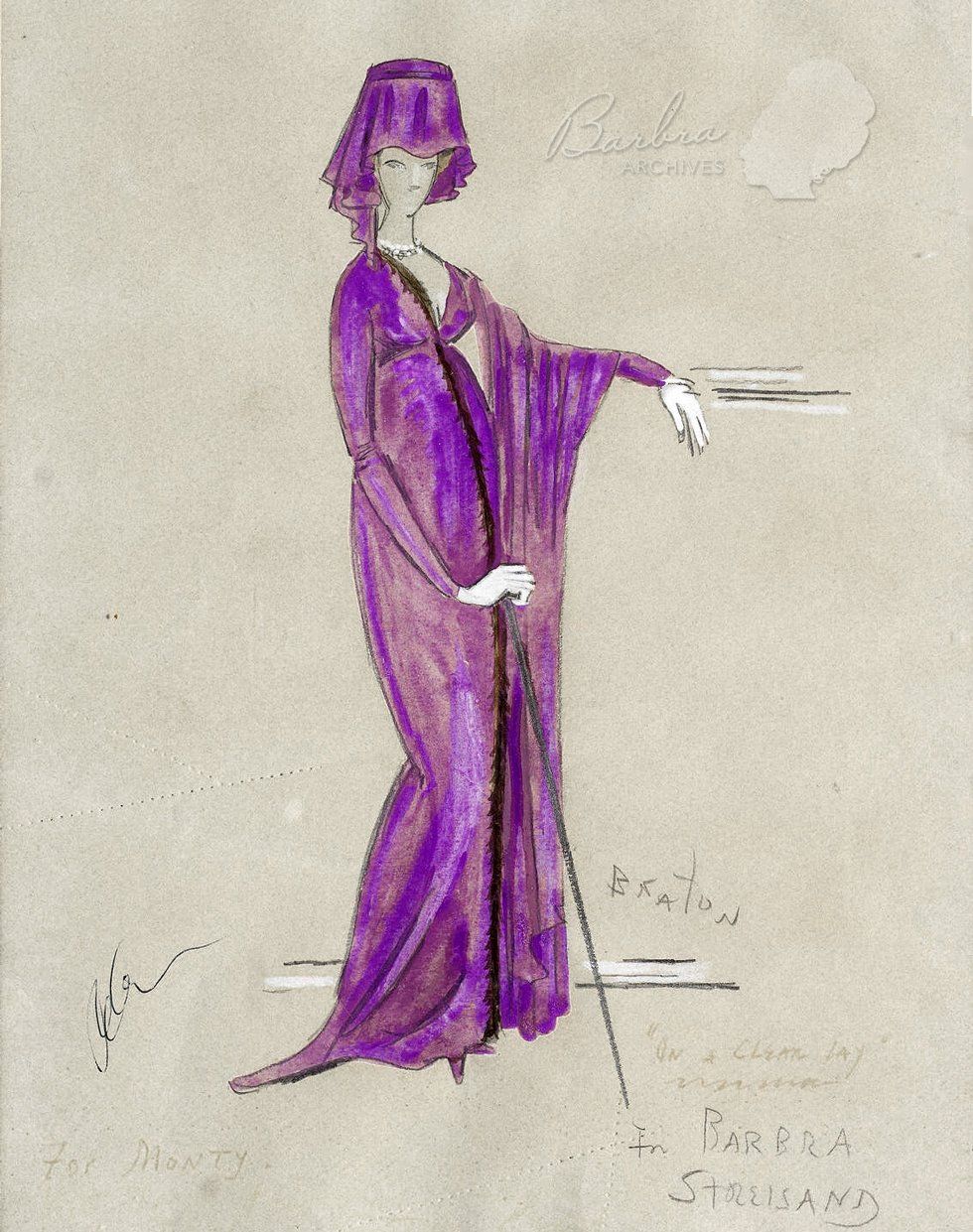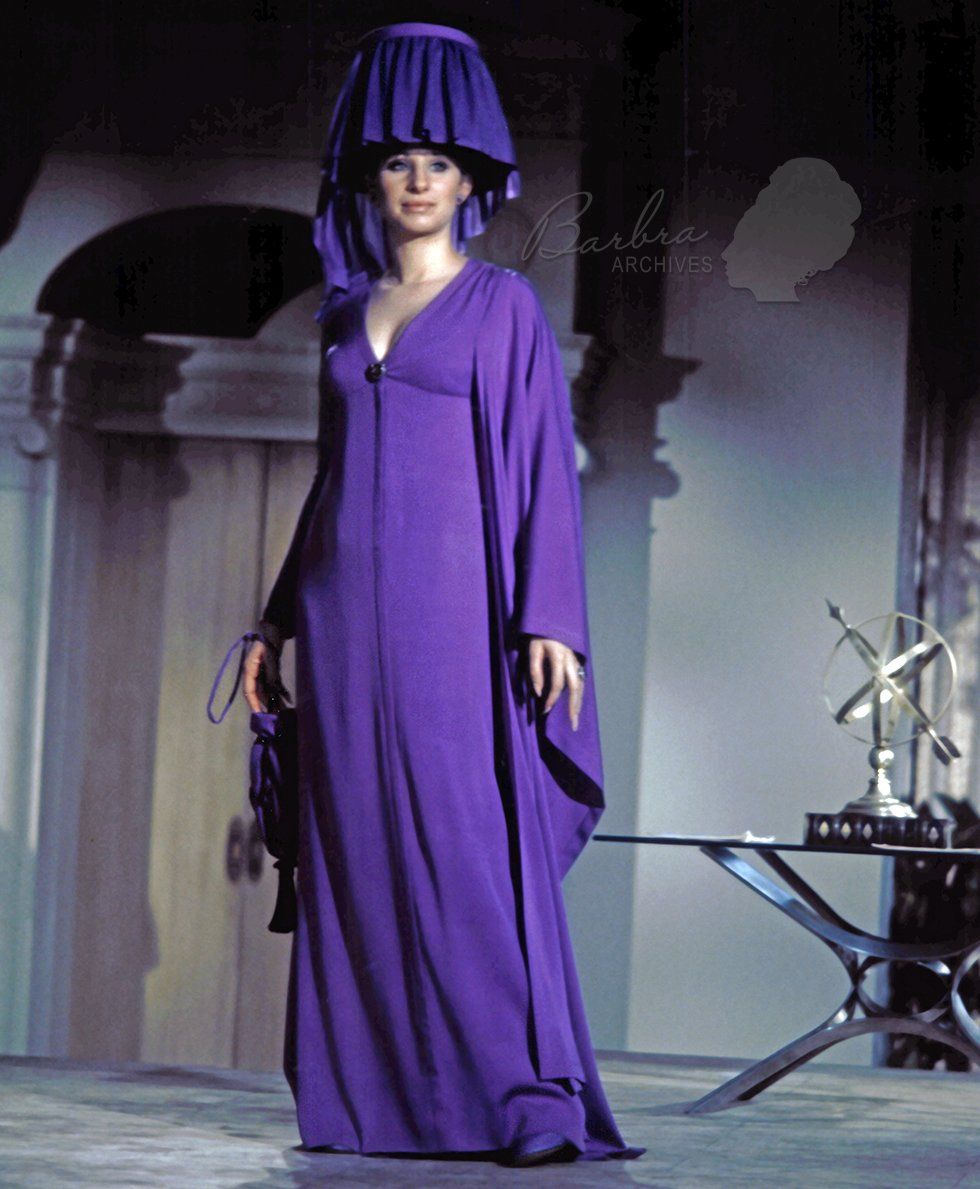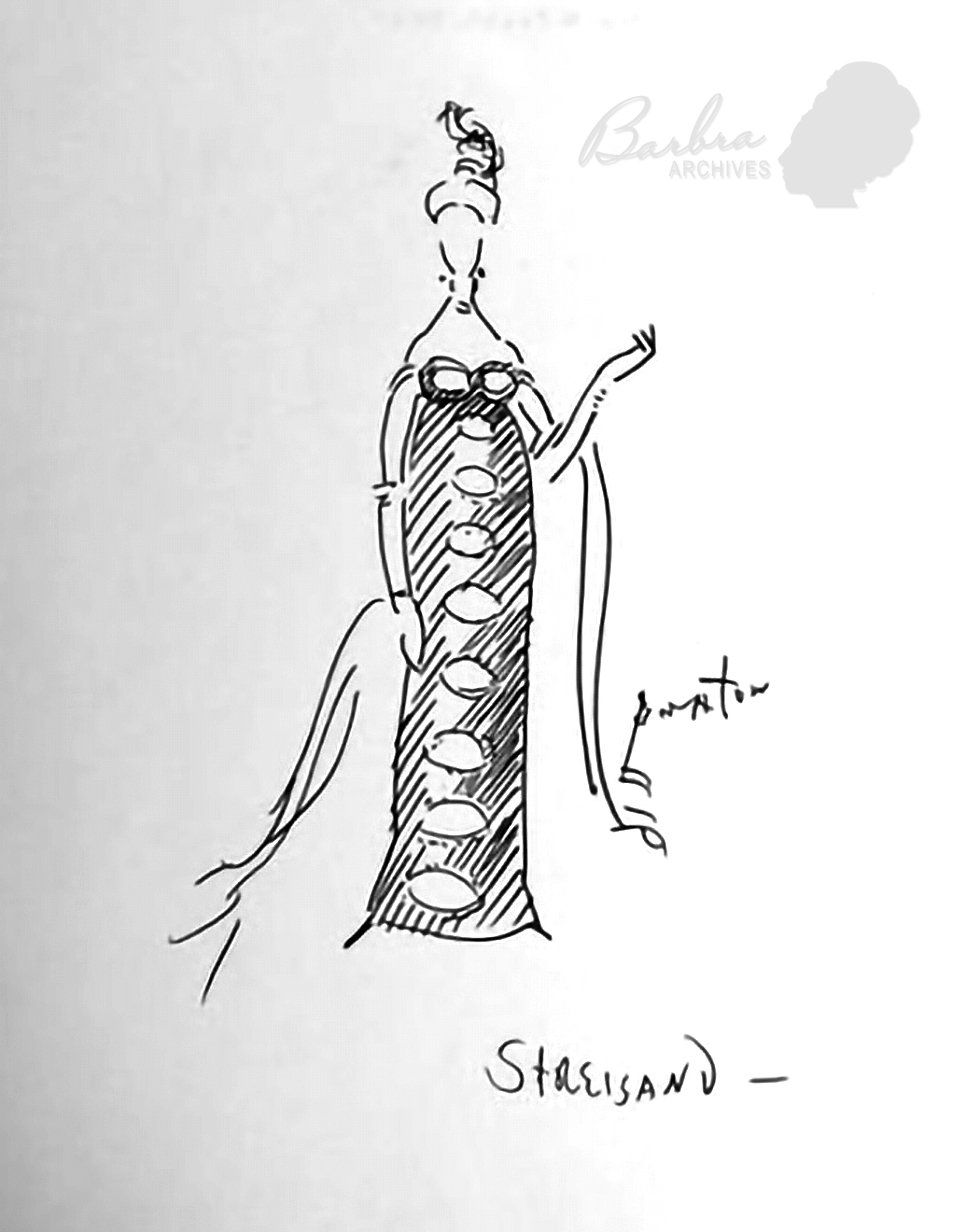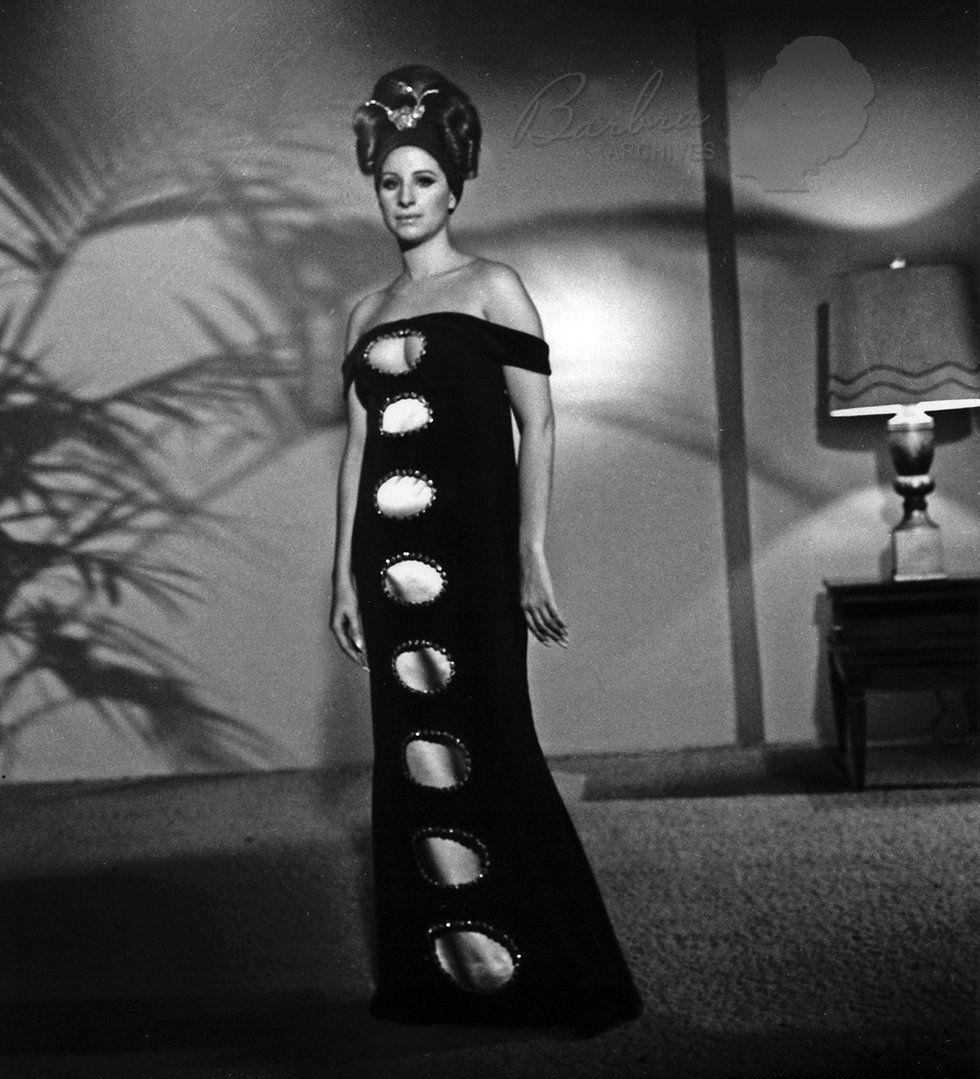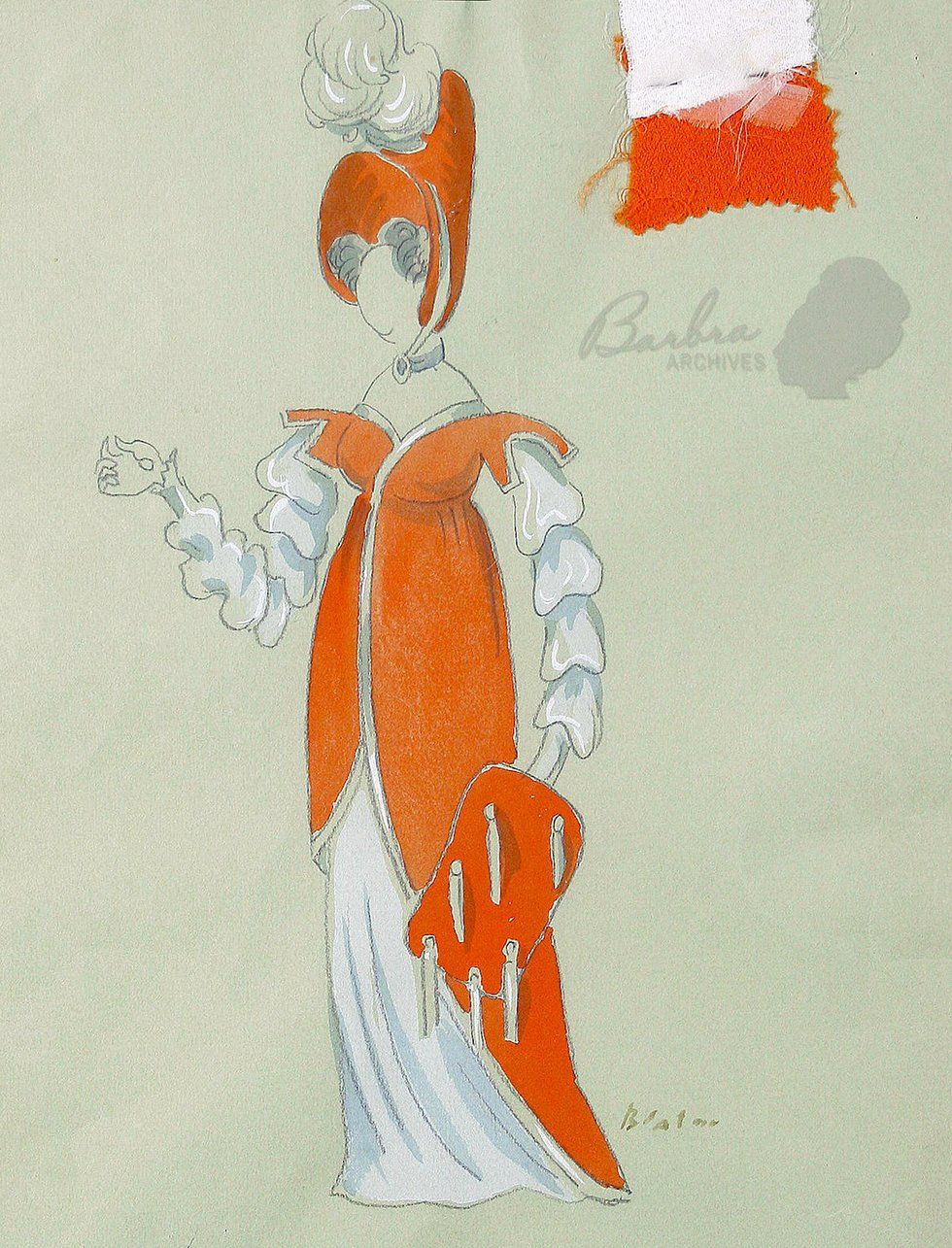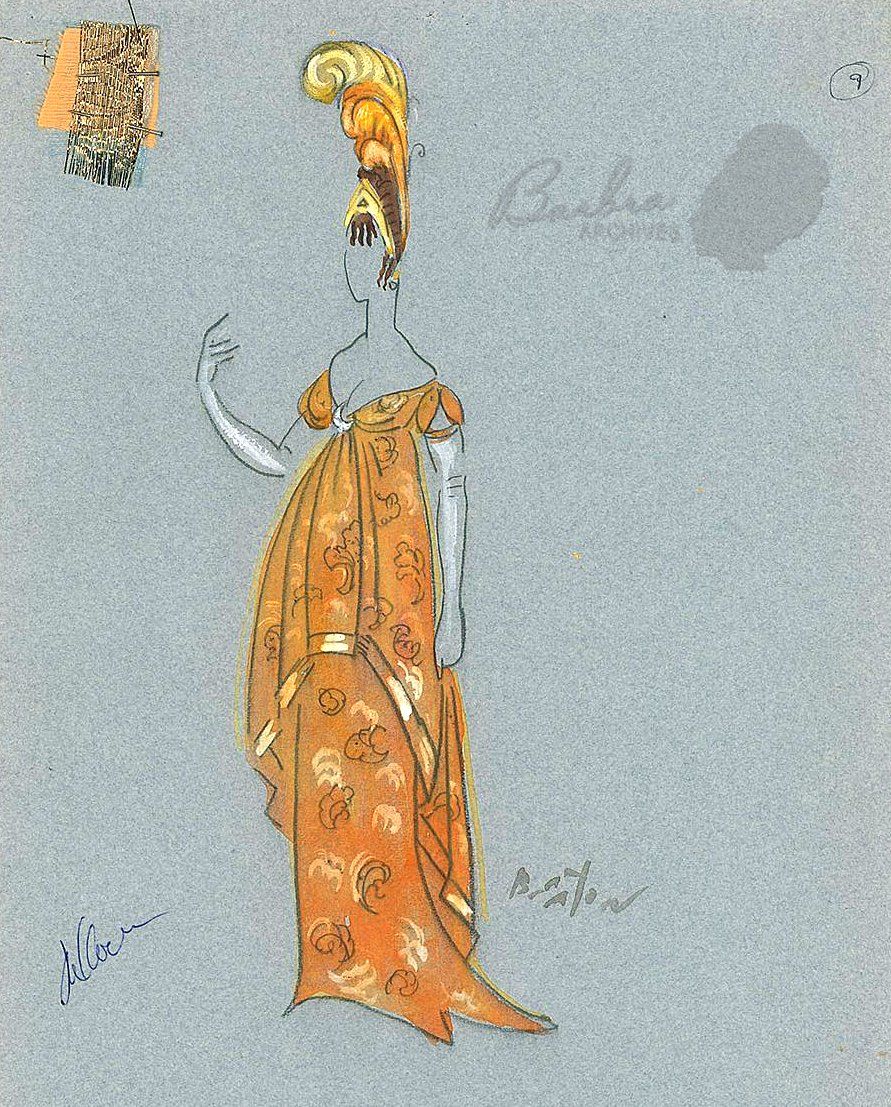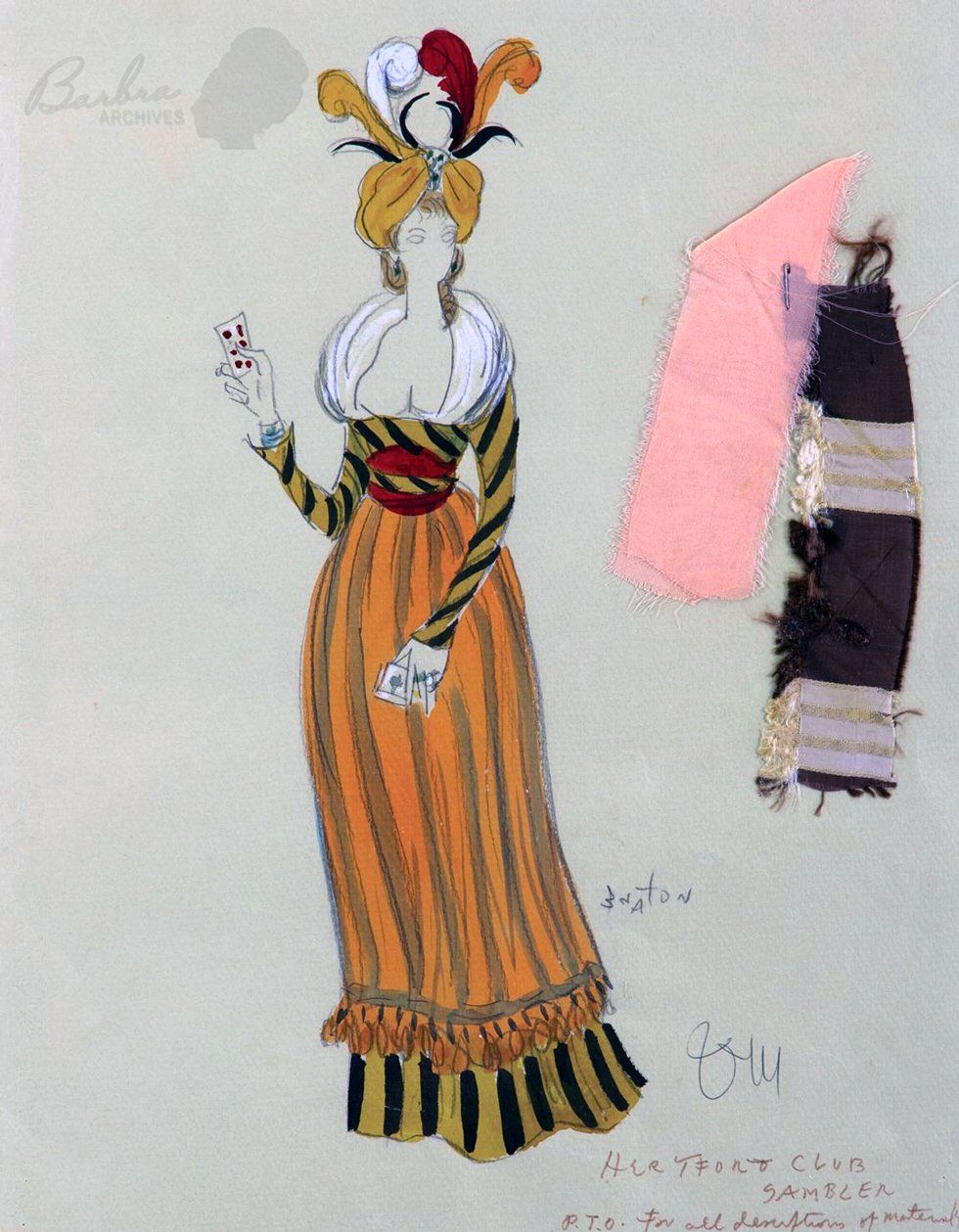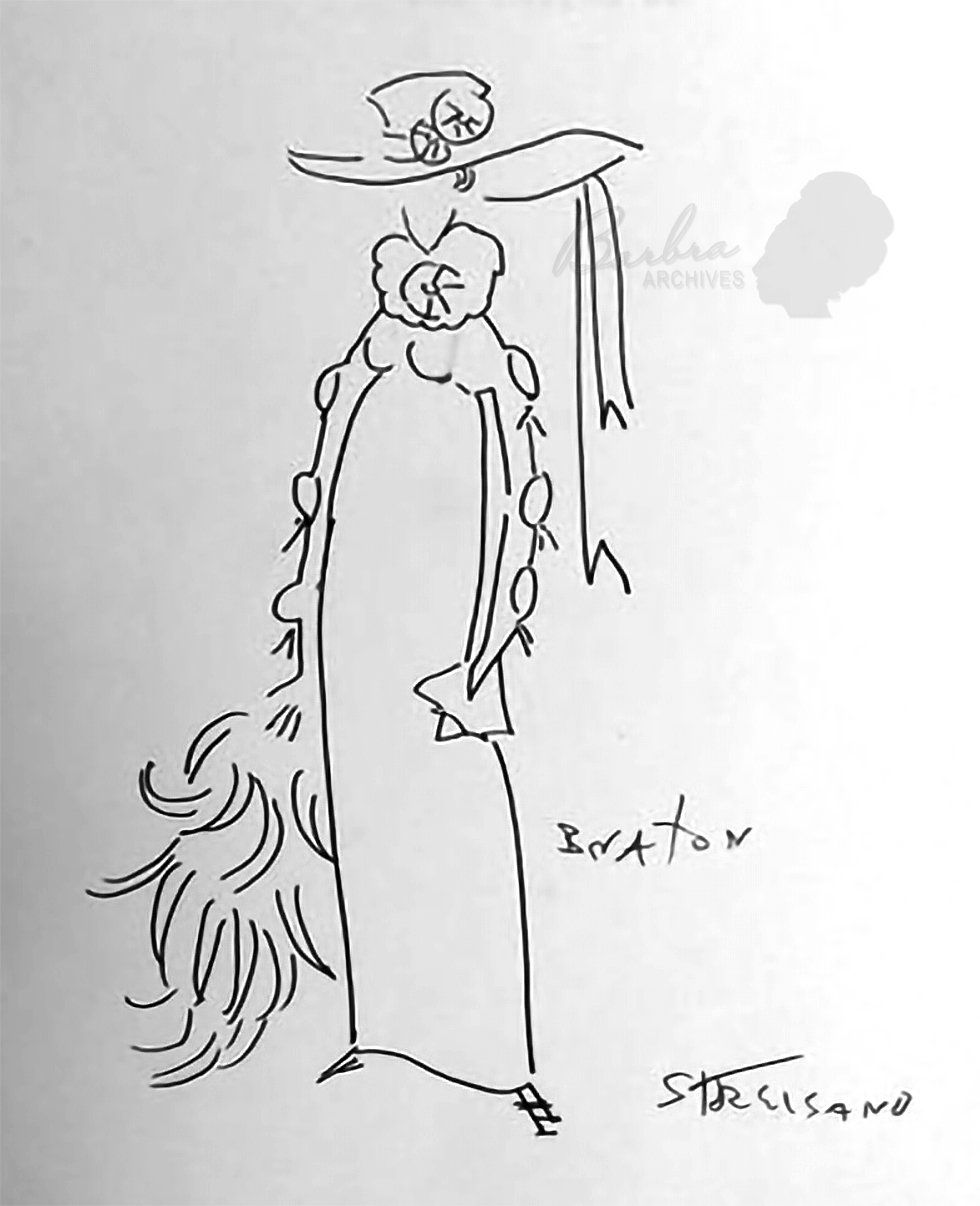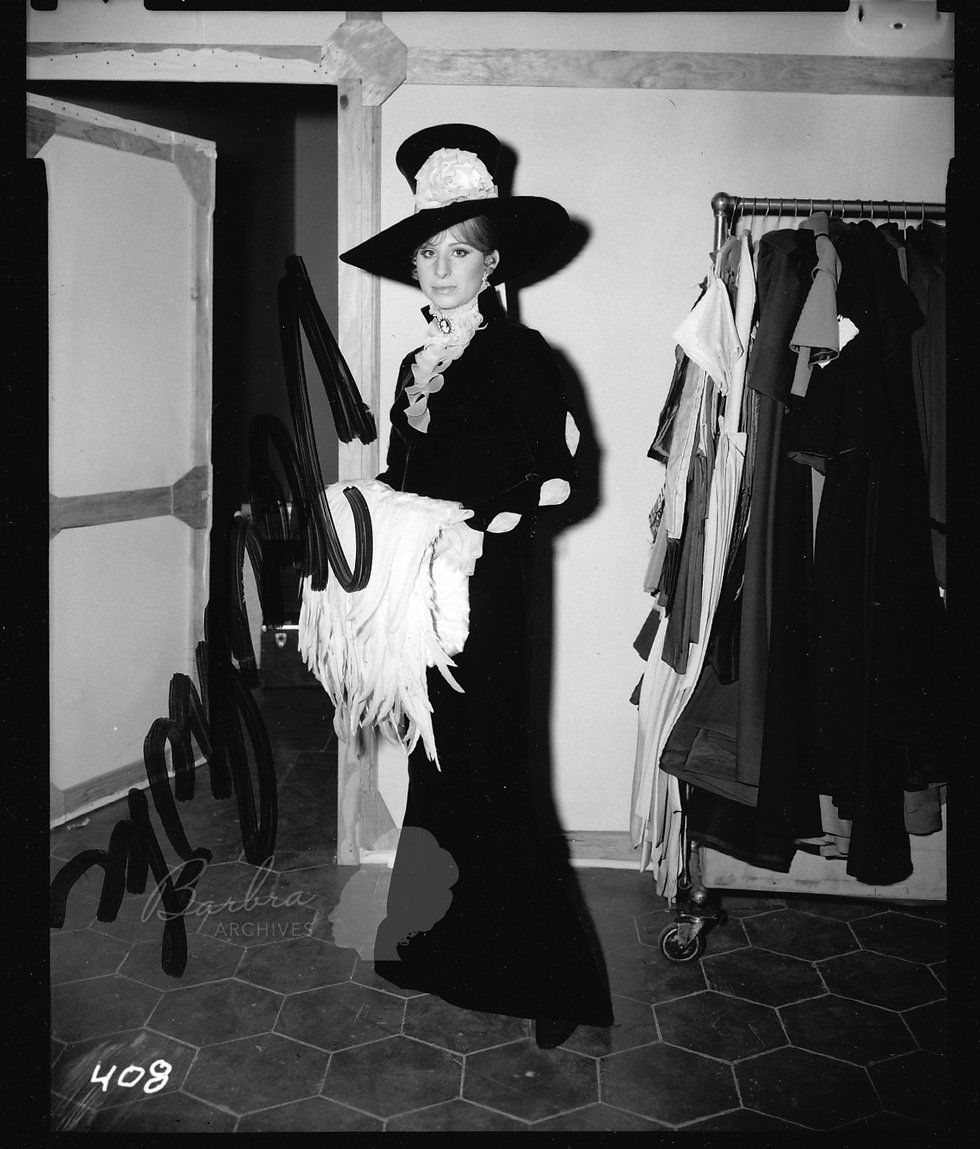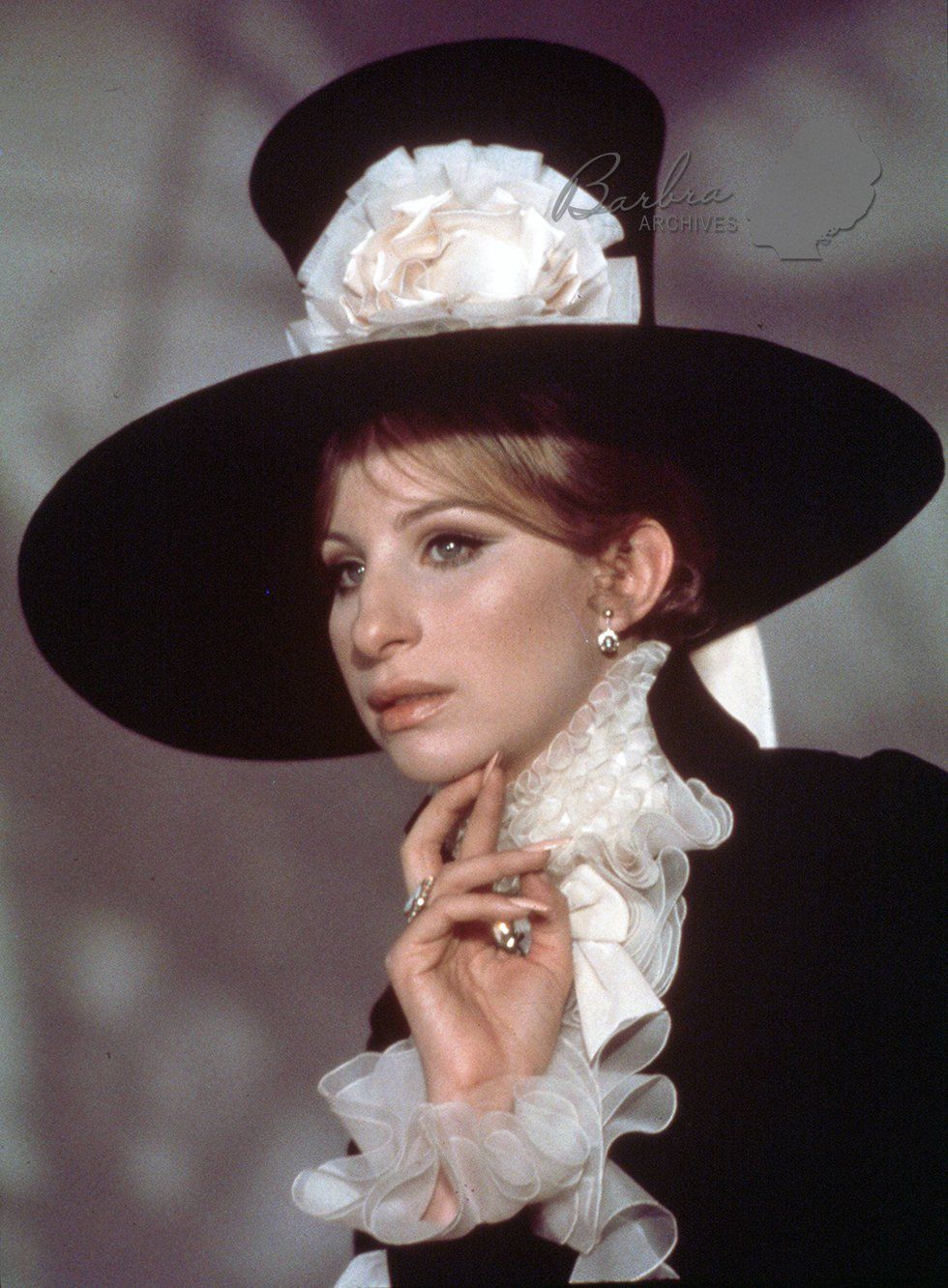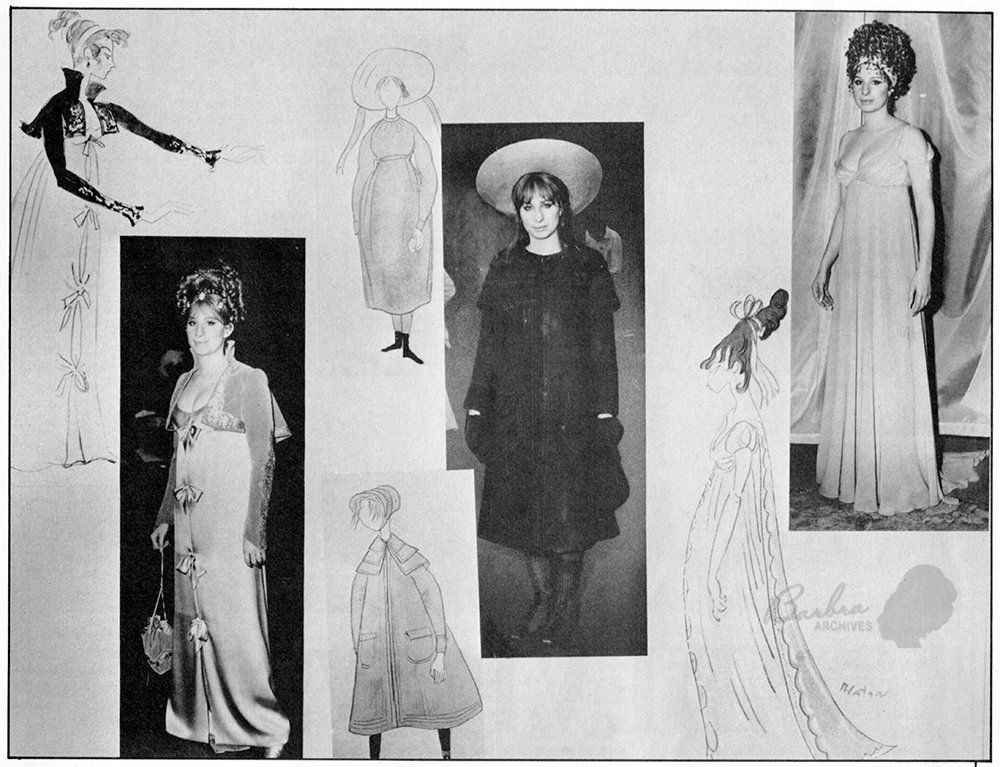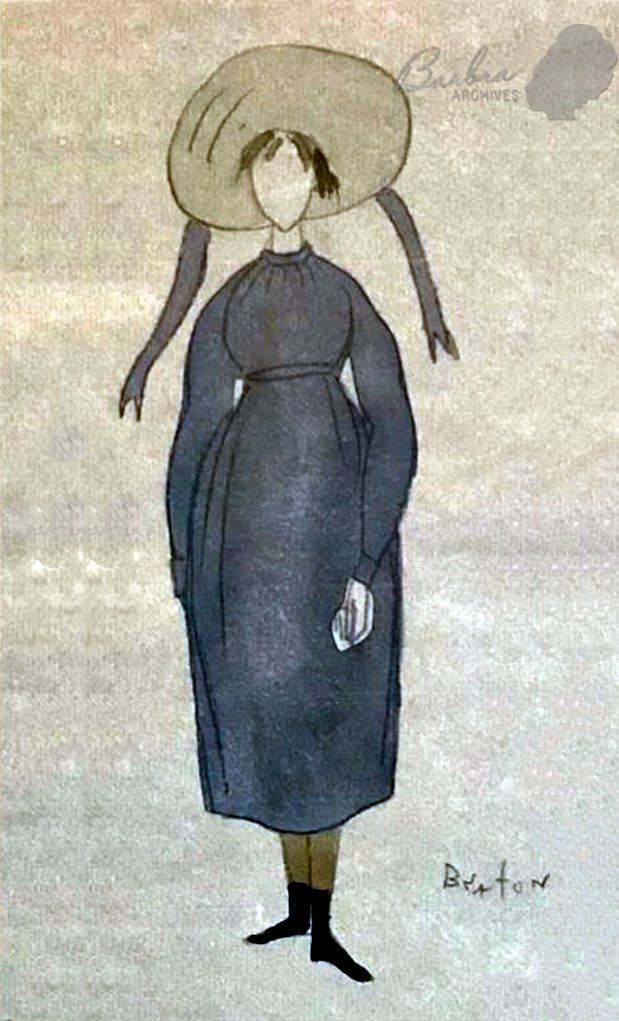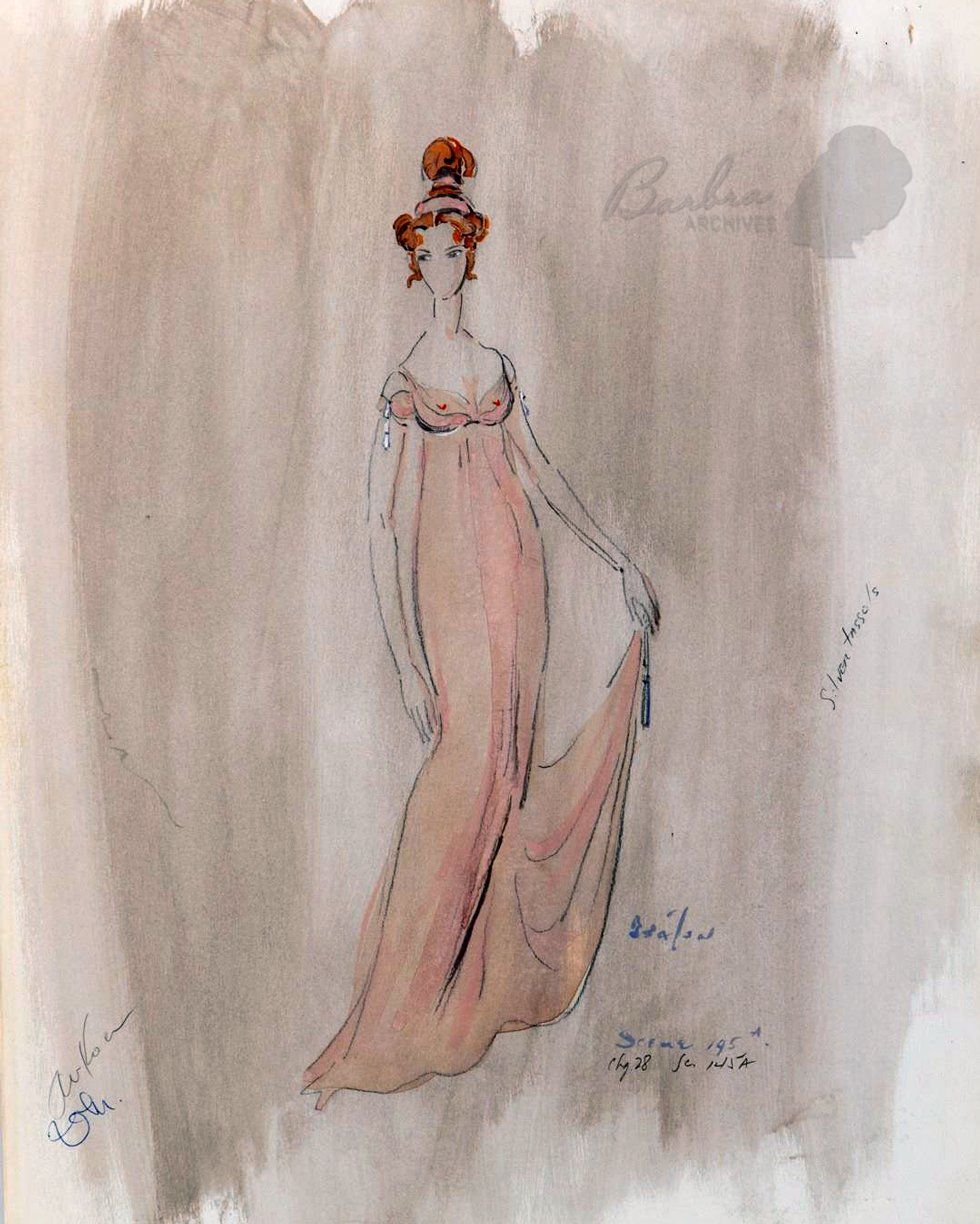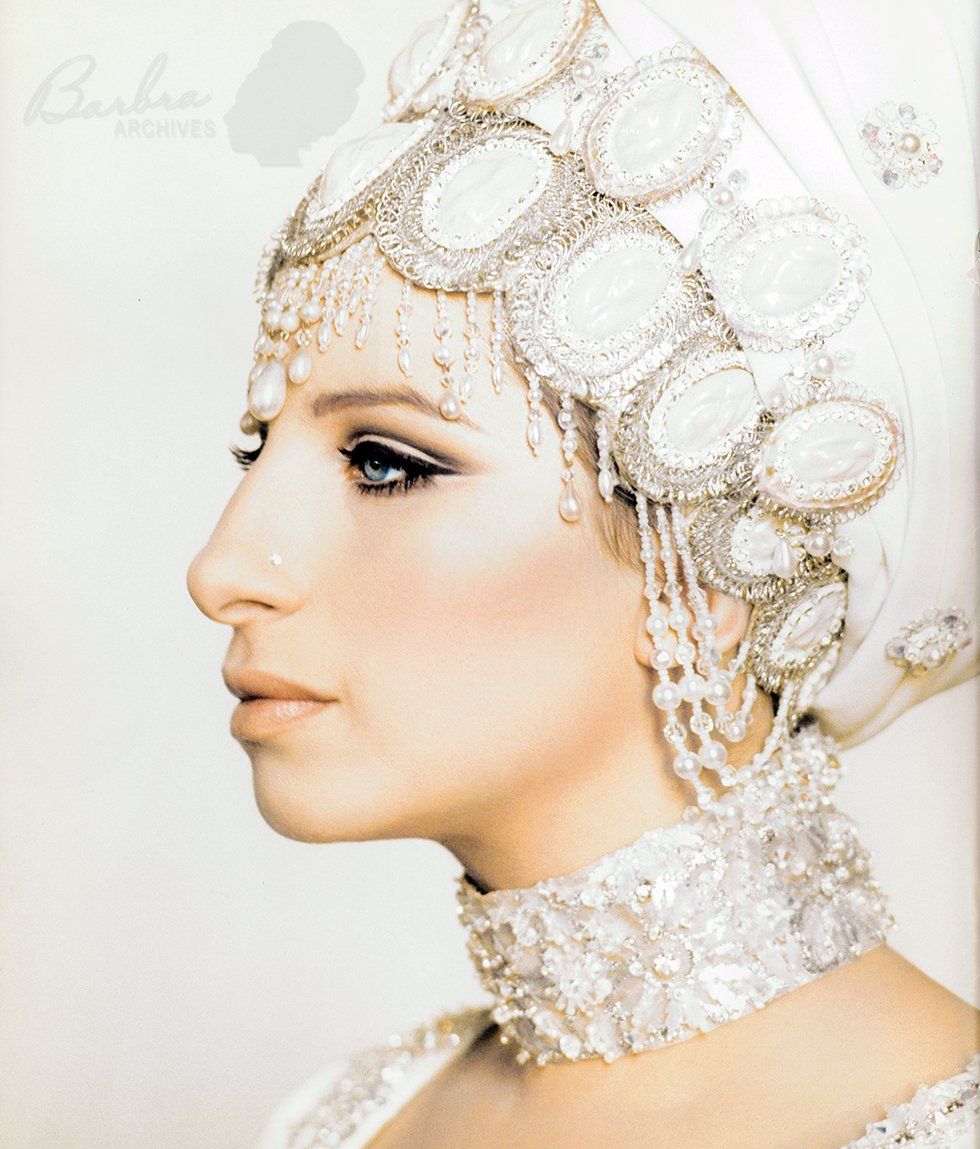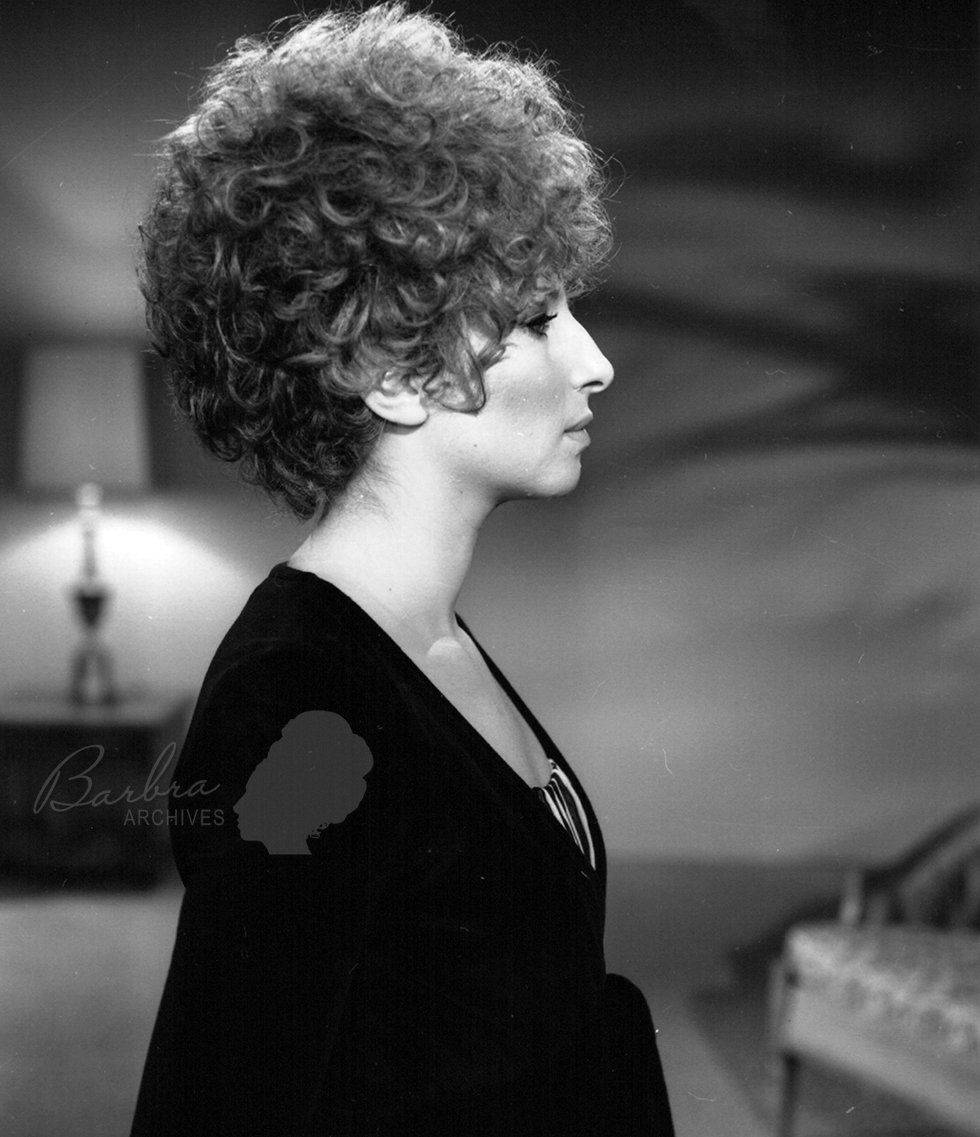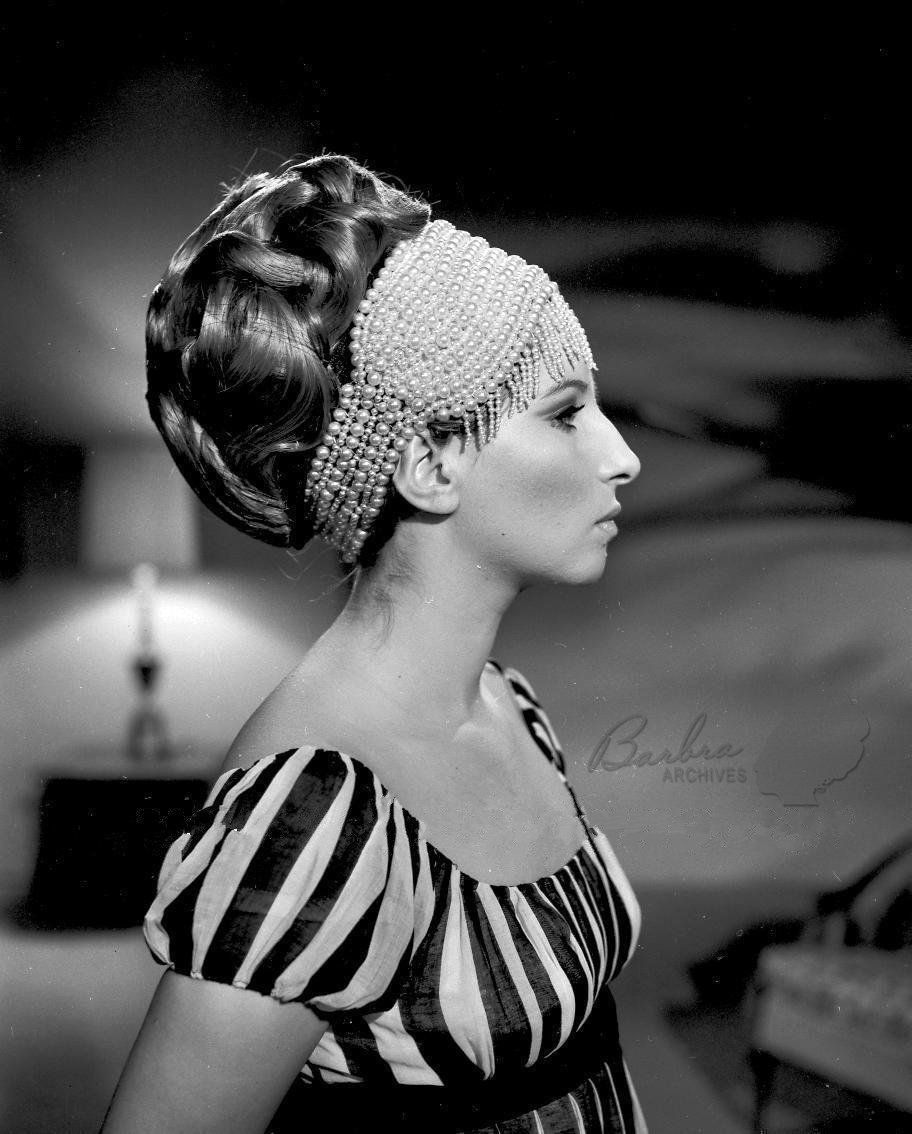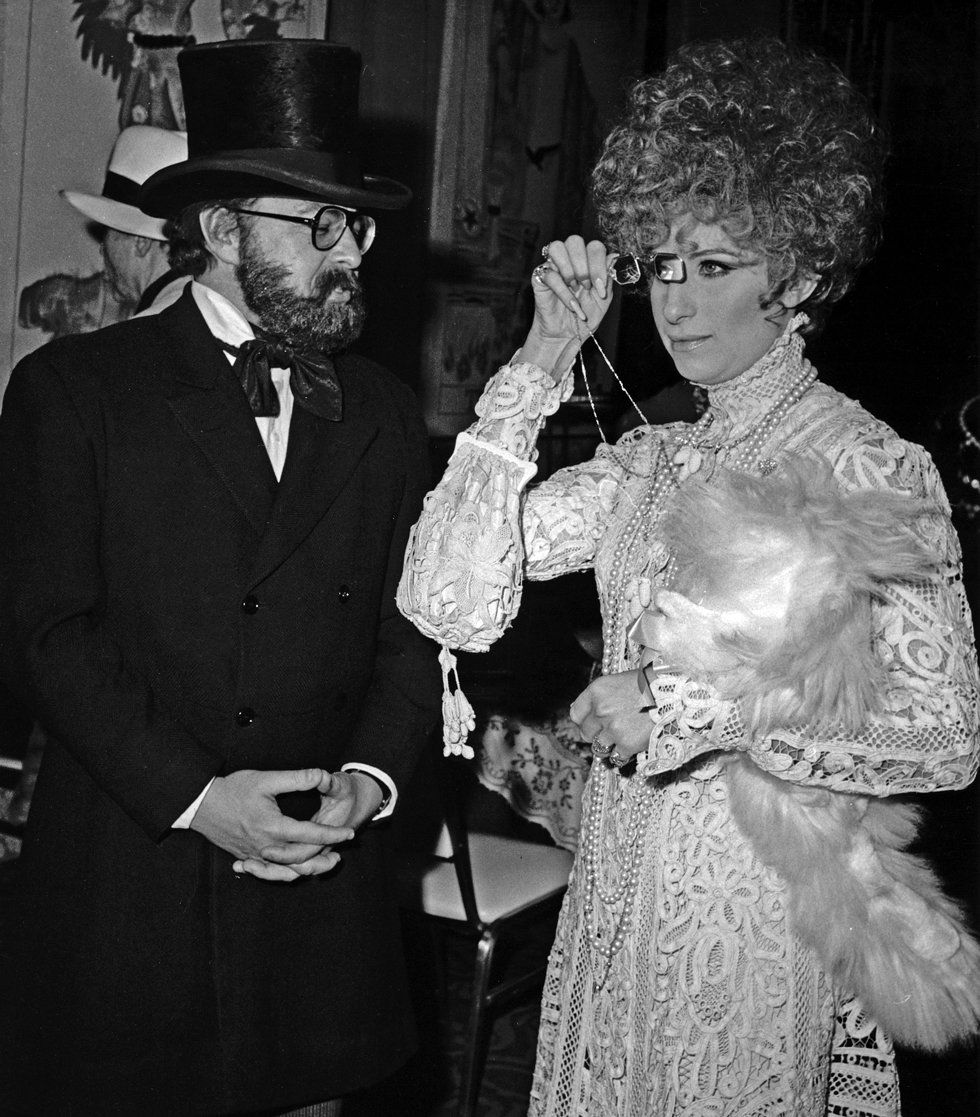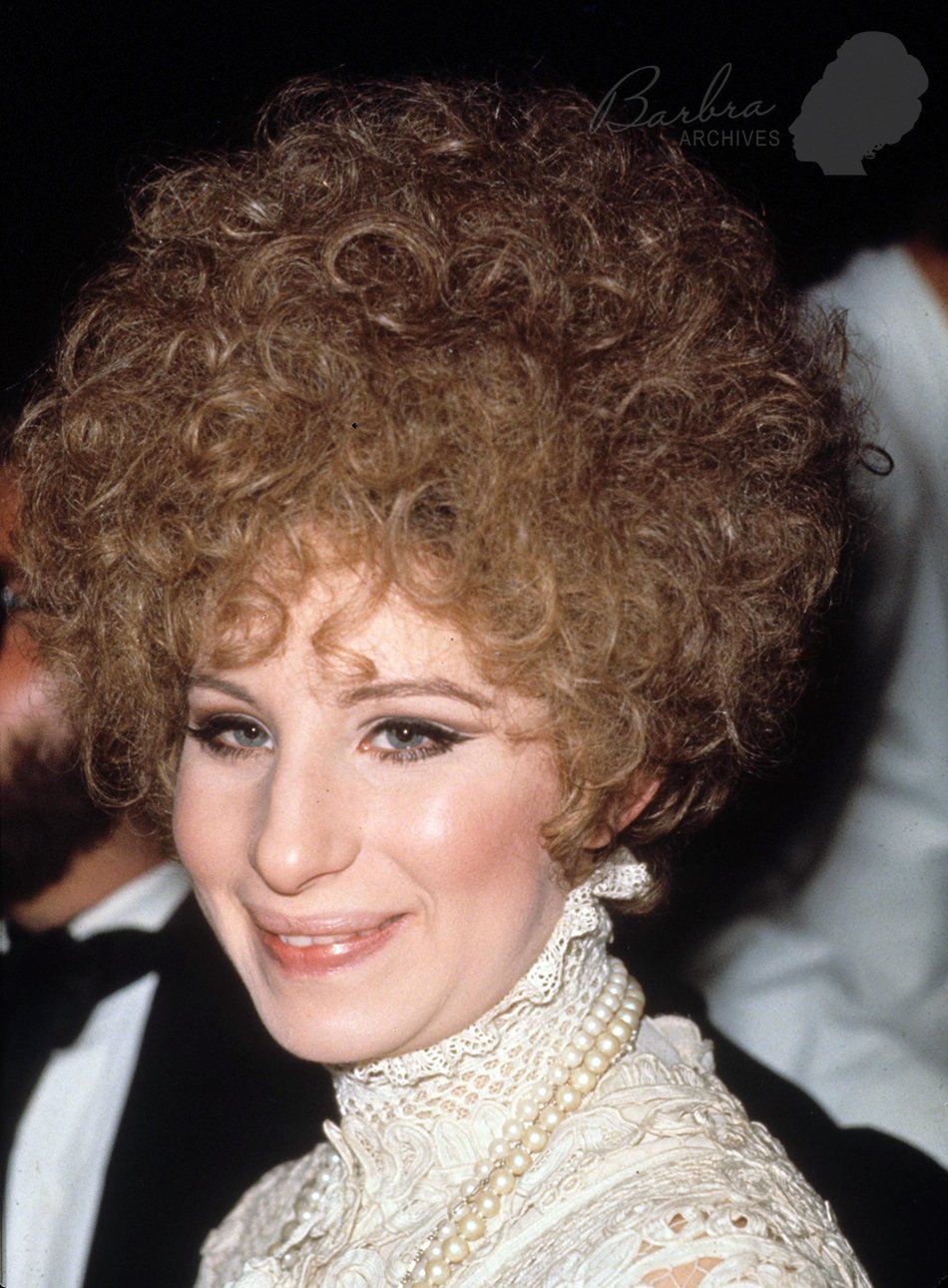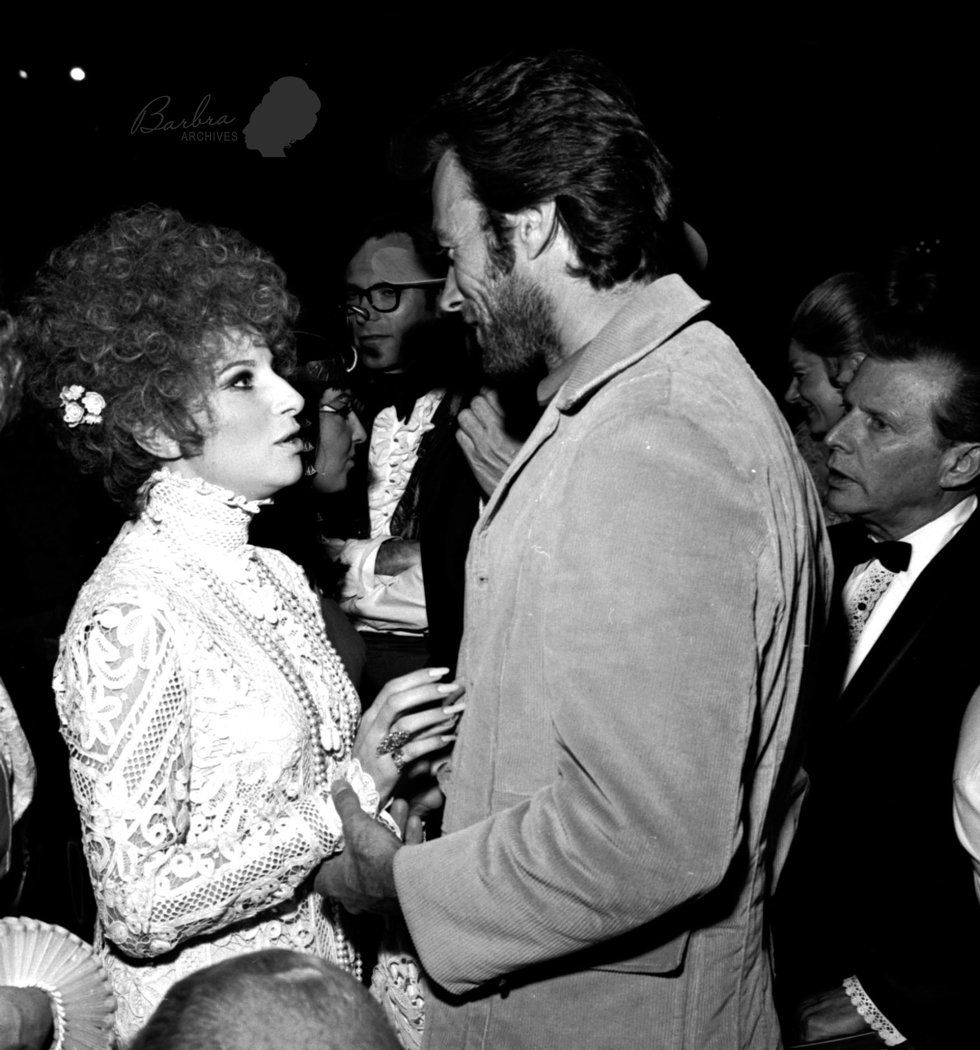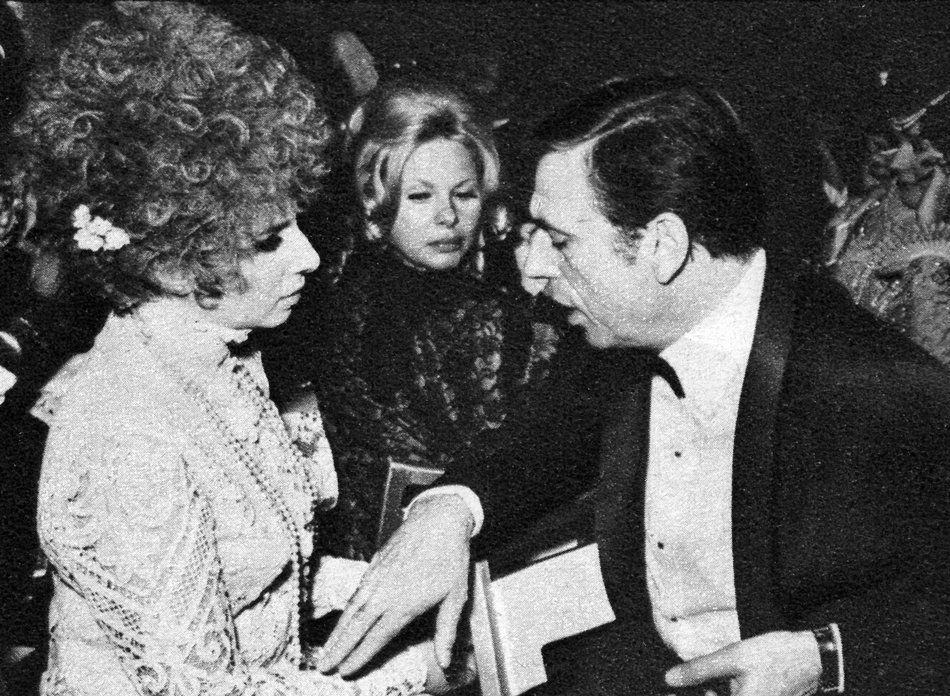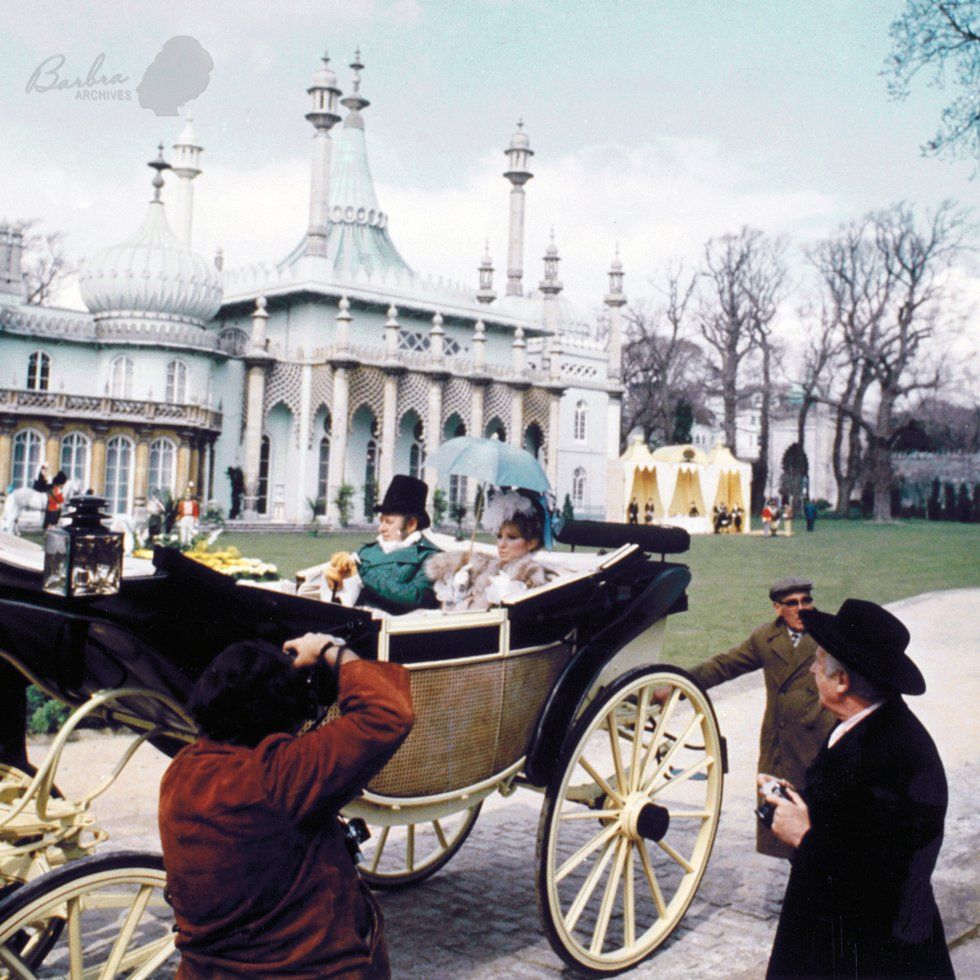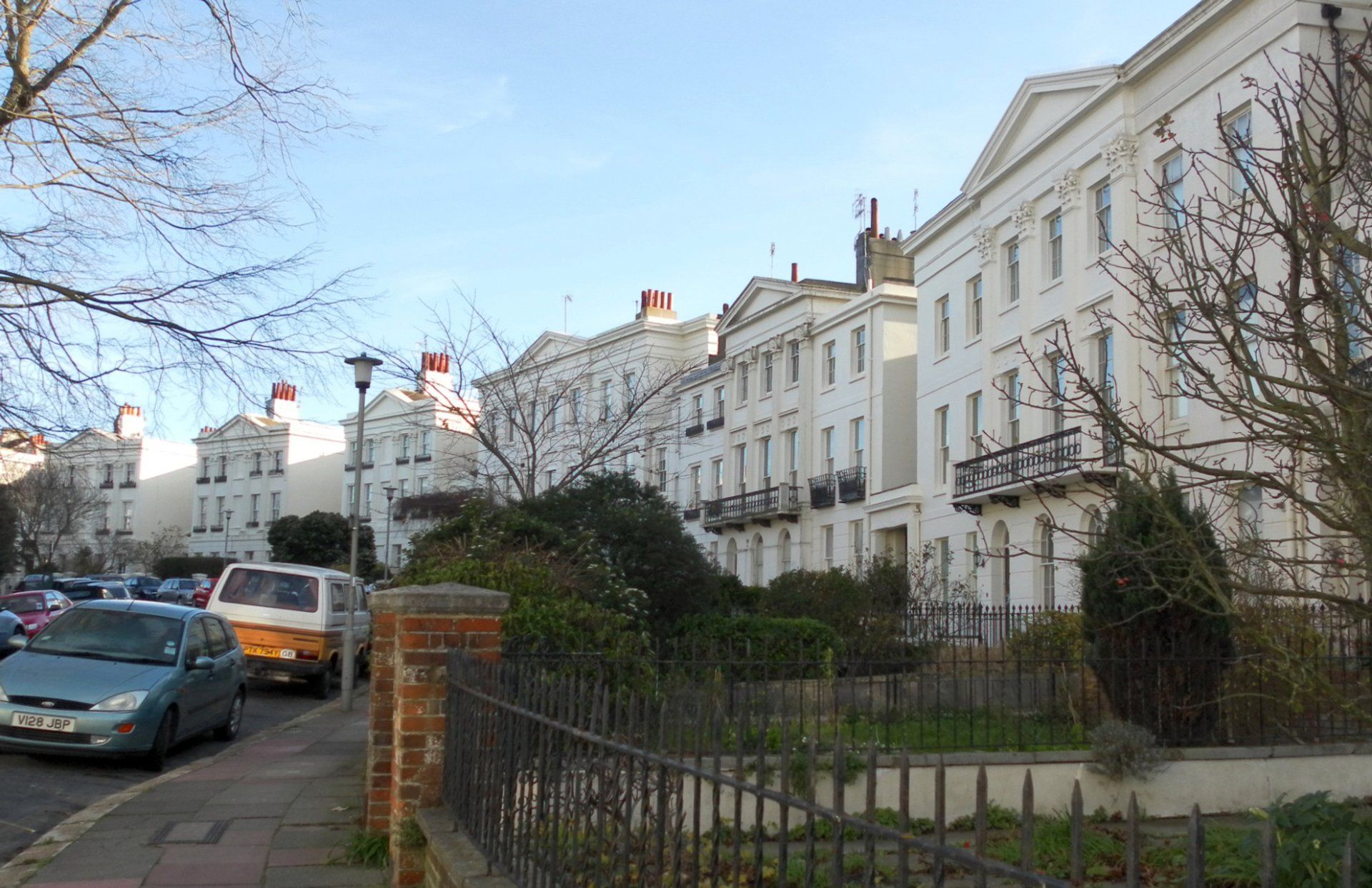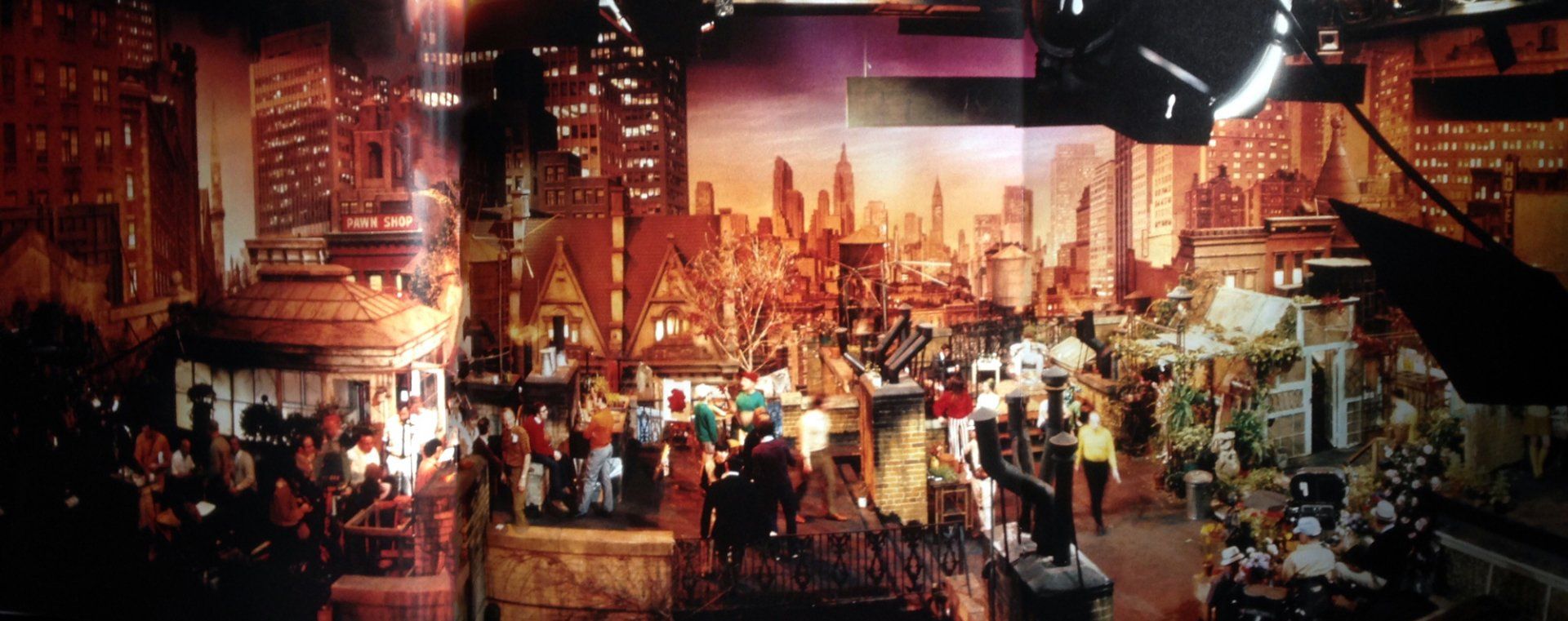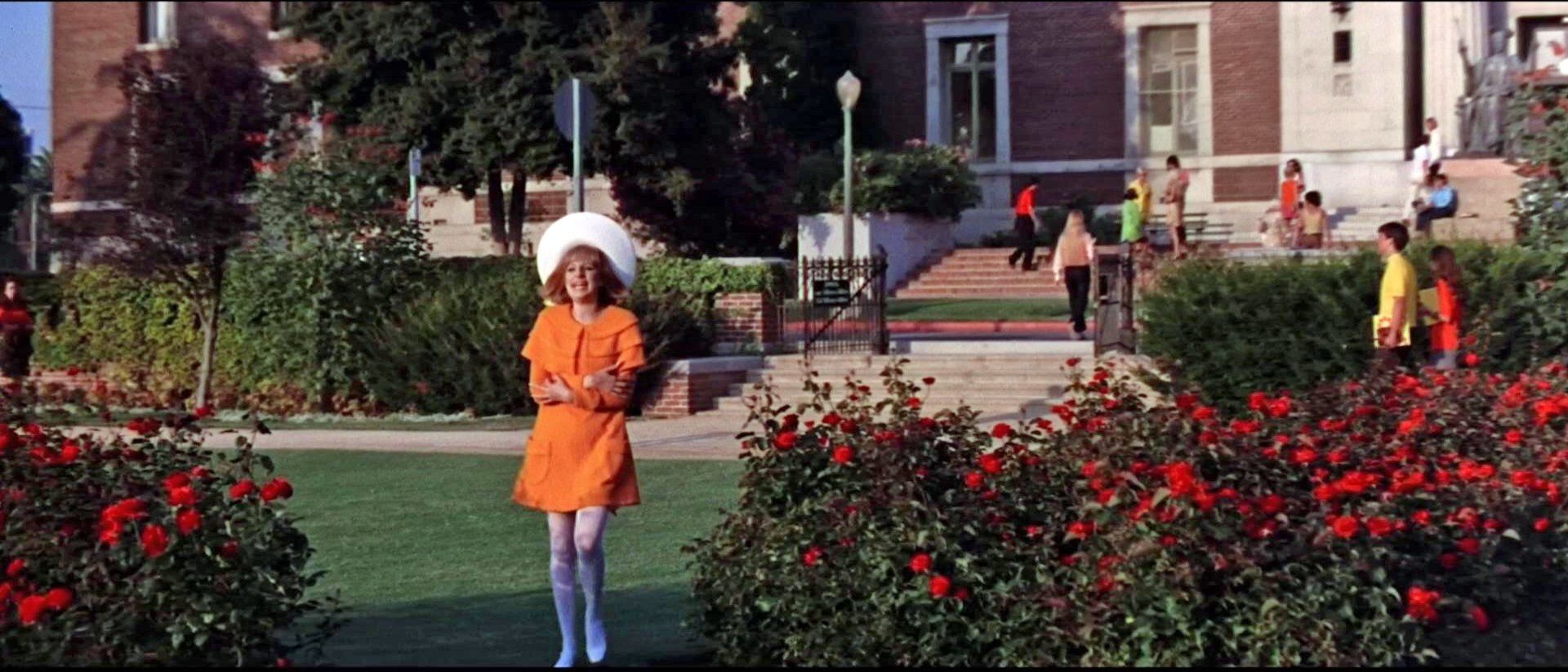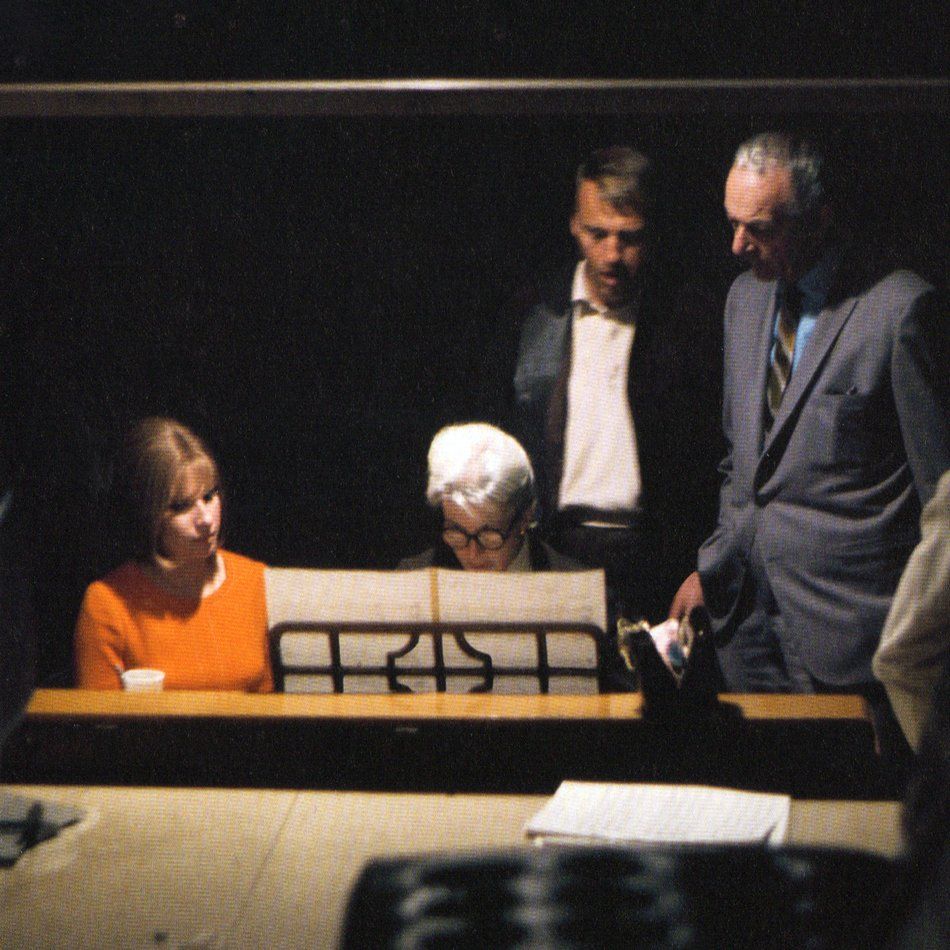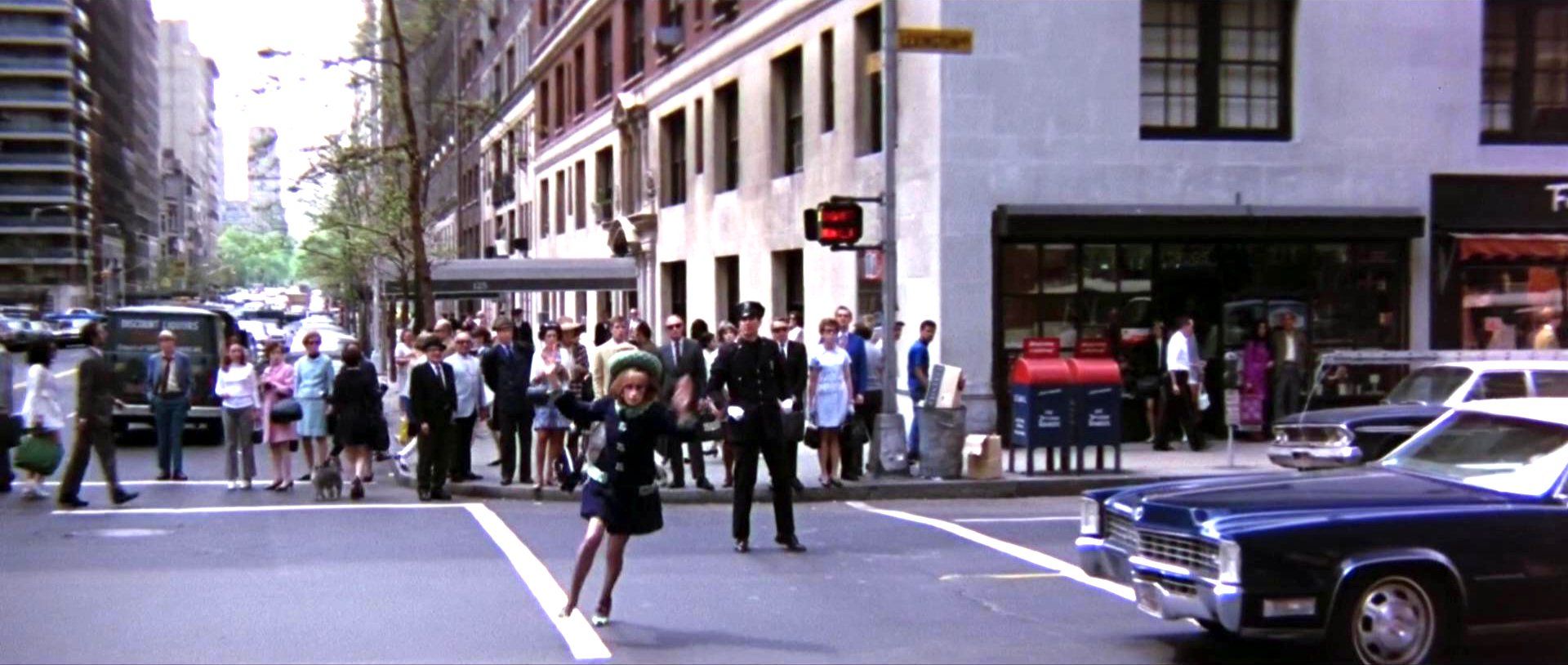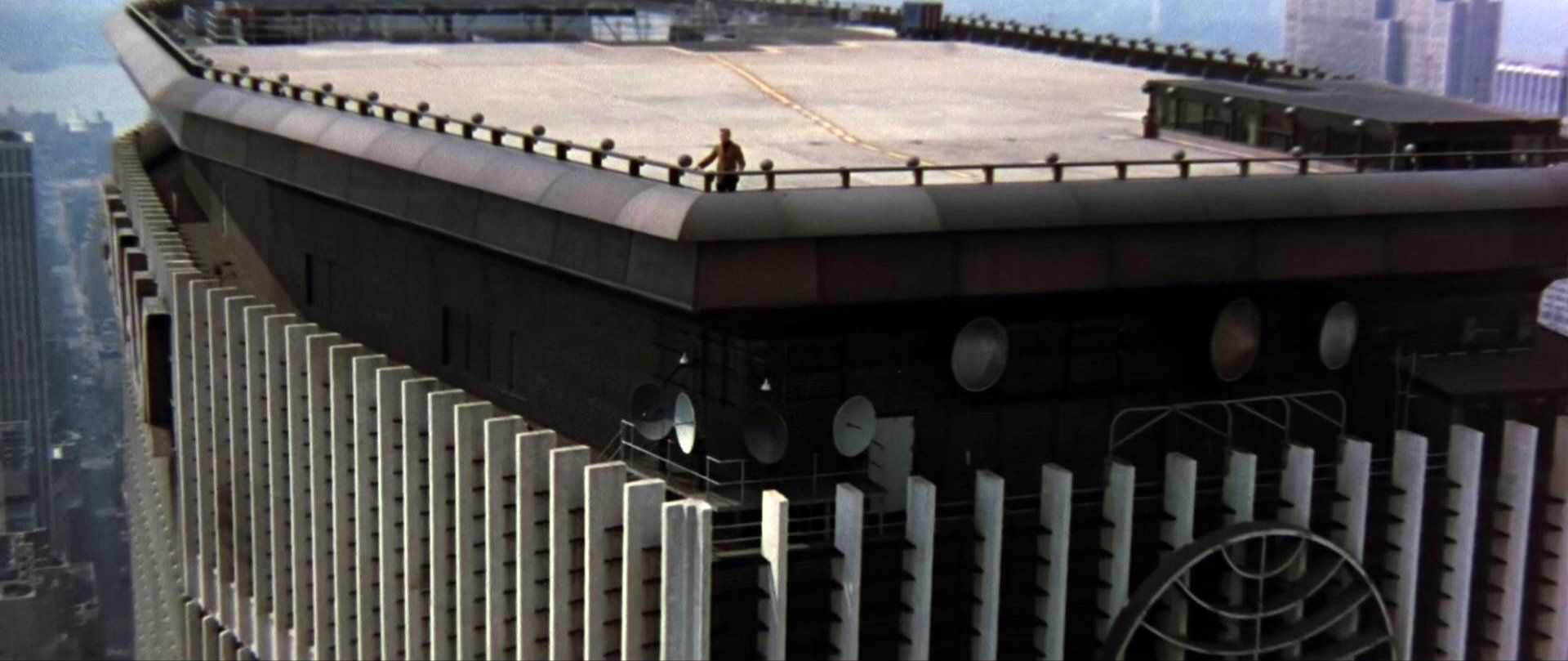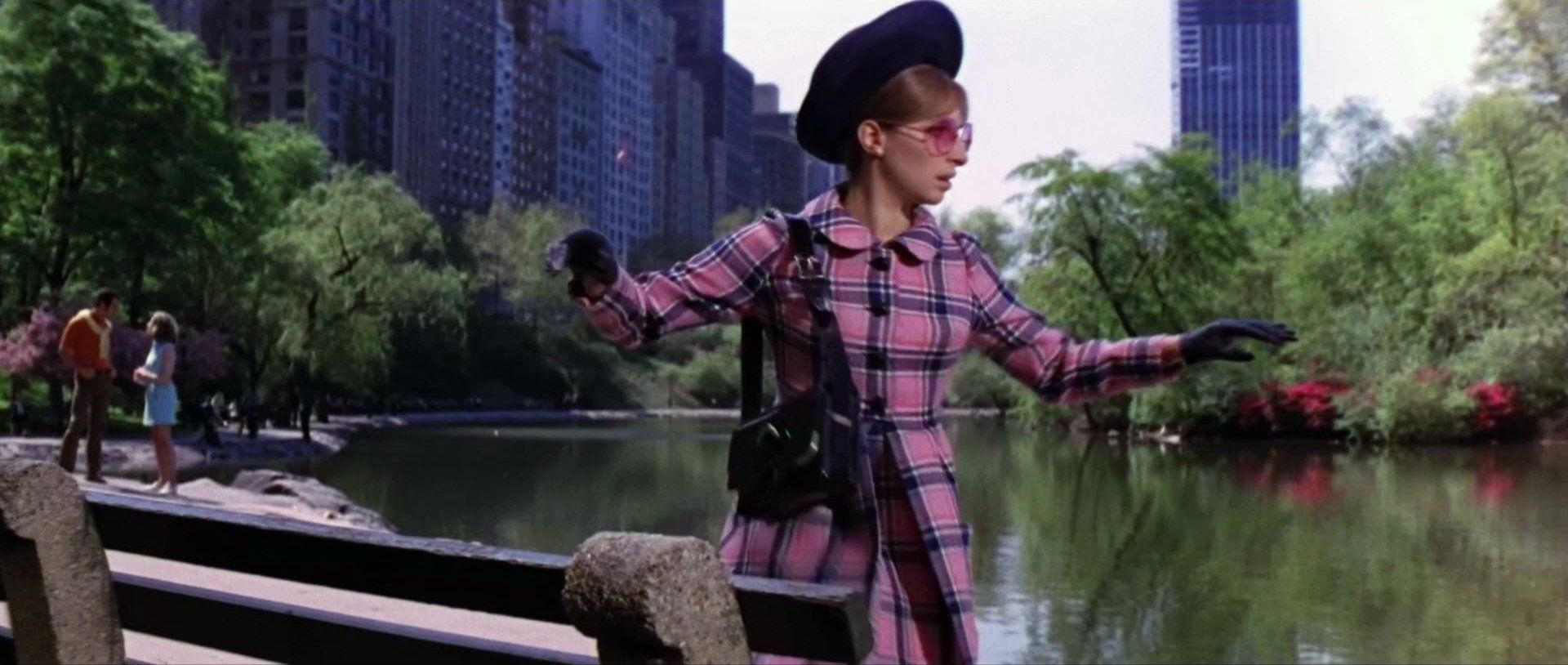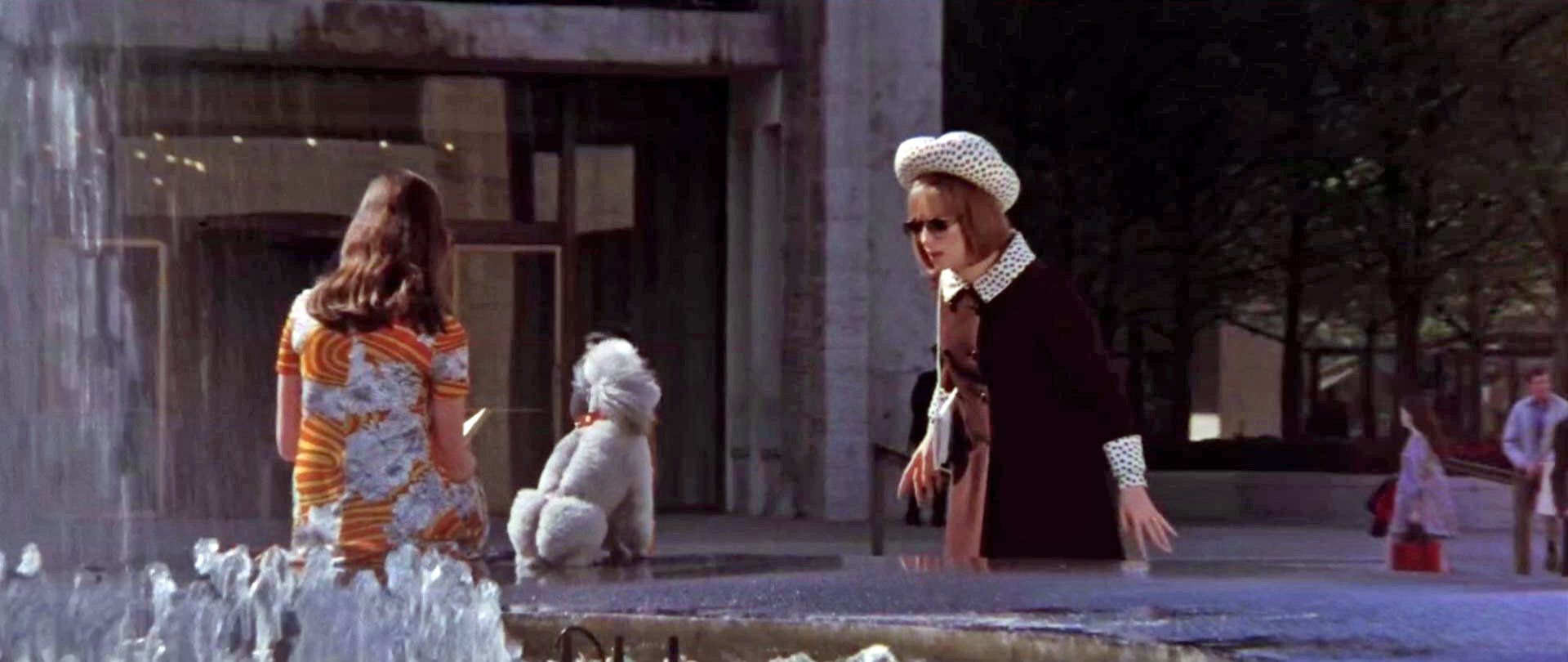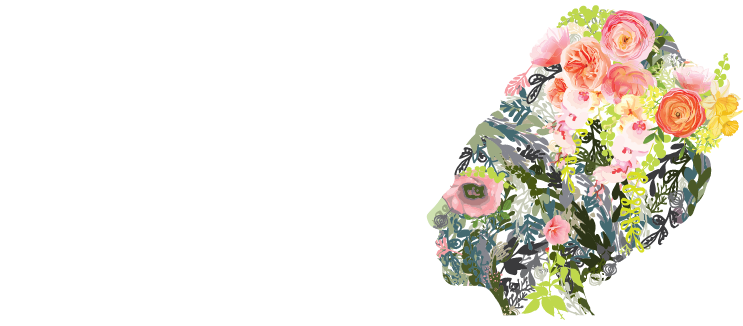Barbra Streisand’s third film, On A Clear Day You Can See Forever, was based on a 1965 Broadway show that closed June 1966 starring Barbara Harris and John Cullum.
The idea came from Broadway team Alan Jay Lerner and Richard Rodgers as early as 1962. “The subject is extrasensory perception in a contemporary New York setting,” they told the New York press. They first called the show I Picked a Daisy but after delayed scripts, Lerner chose to work with composer Burton Lane instead of Rodgers. The show shifted and changed during previews and eventually opened on Broadway October 1965.
Paramount Pictures reportedly paid $750,000 for the film rights to On a Clear Day in 1966. Paramount producer Howard W. Koch hired Streisand at that time, too, before she’d even come to Hollywood to make Funny Girl. Then, Paramount announced in April 1967 that Vincente Minnelli would direct the screen musical.
Minnelli recalled, “It was mystical, and Lerner has been interested in that since he was a child. He was trying to say something, I dug into the story and that was what came out. Lerner had read all these books and followed the fantasy as he saw it completely. I didn’t subscribe to it, not at all.”
Koch made some changes transferring On A Clear Day from Broadway to film: Alan Jay Lerner revised his original story; Minnelli requested that the past-life sequences be changed from a Restoration to a Regency setting. He told writer Henry Sheehan, “I felt that was what was wrong with the play. It was white wigs and writing with feathers which gets to be very boring. I wanted to make it Regency, because the world was more inviting. That’s particularly why we changed it. Then I wanted to come in on a climax where she didn’t know what was happening and it was explained later on. Whereas it couldn’t matter less in the play.”
PICTURED: John Cullum and Barbara Harris in the Broadway play, 1965.

